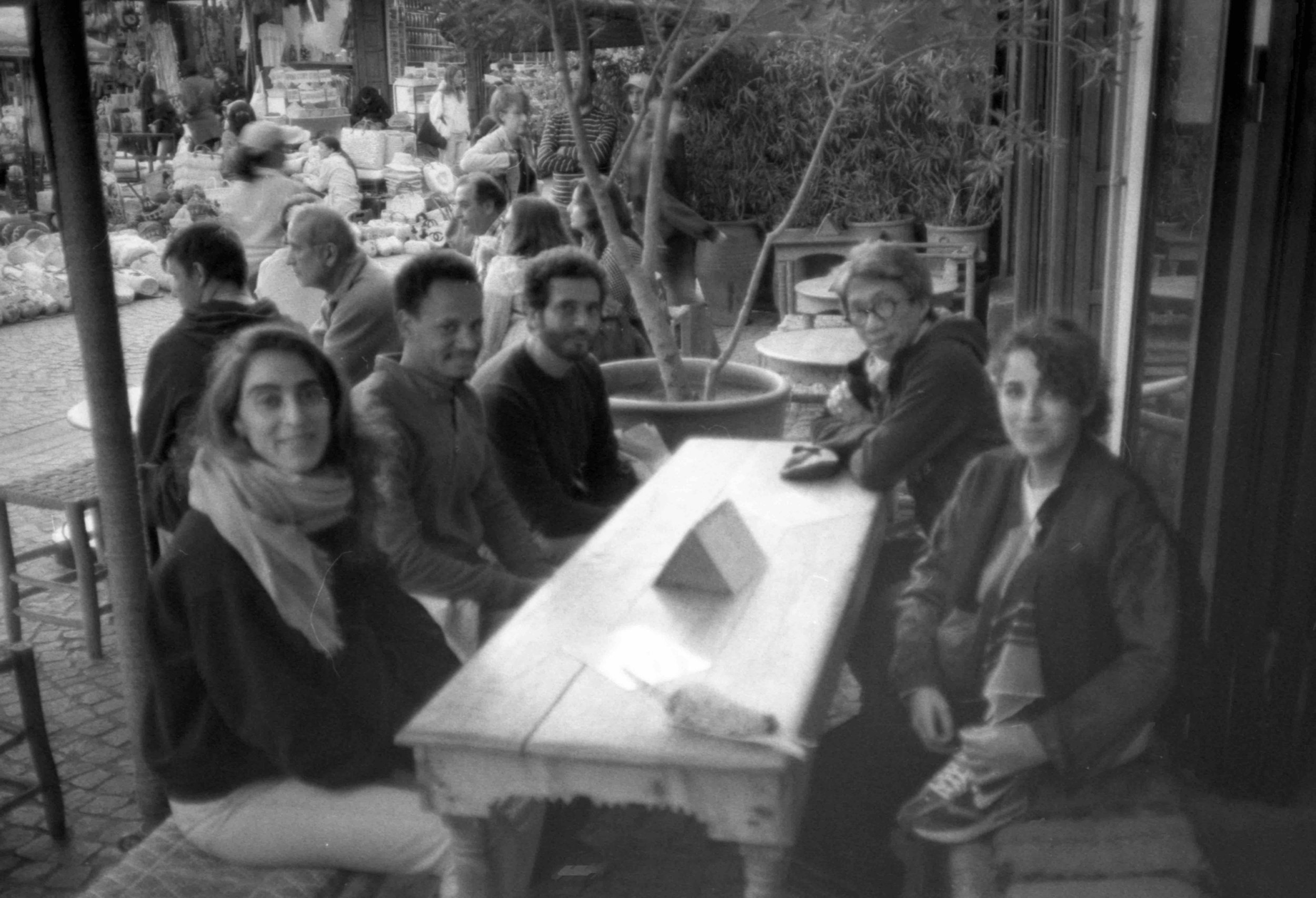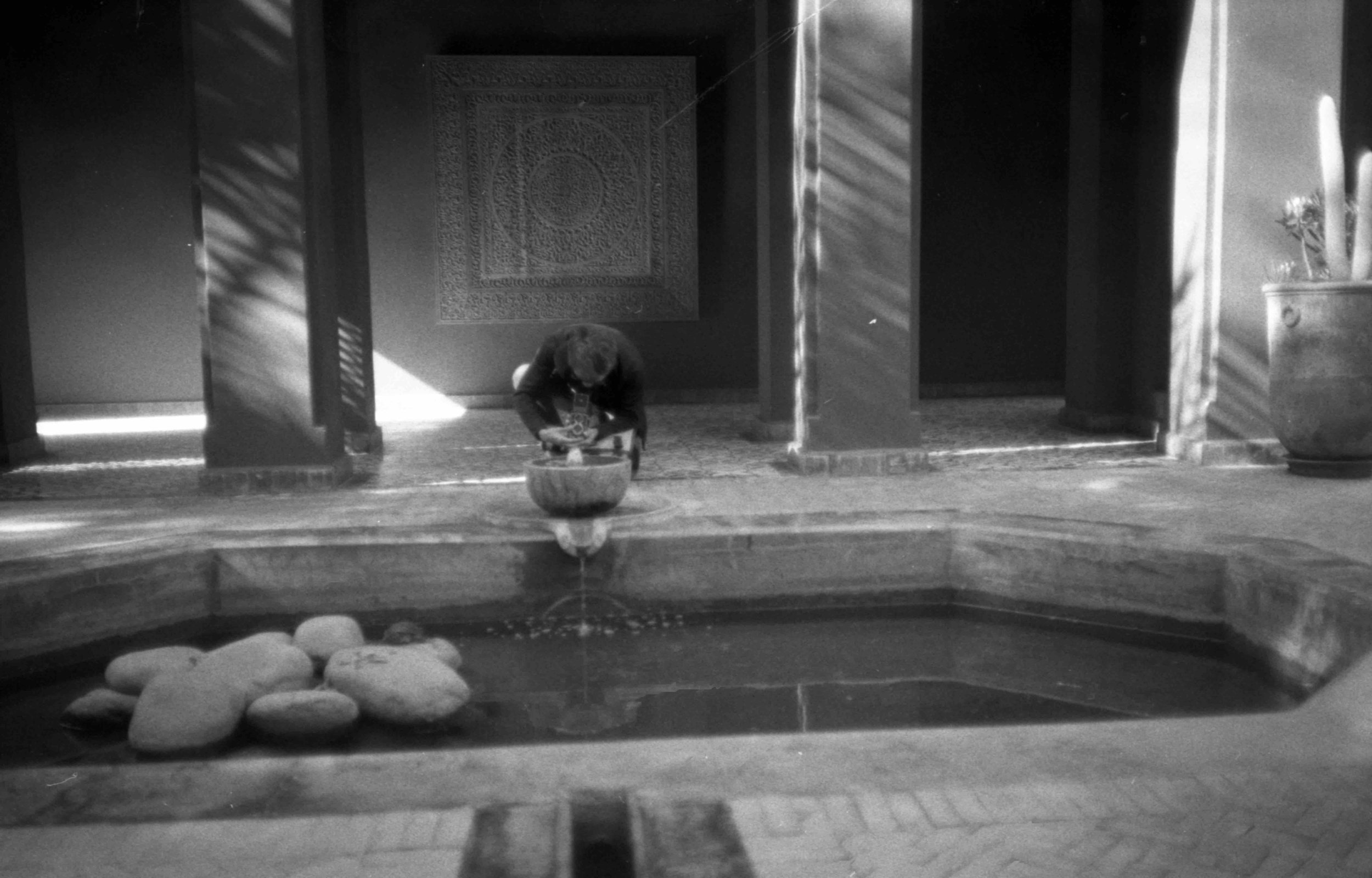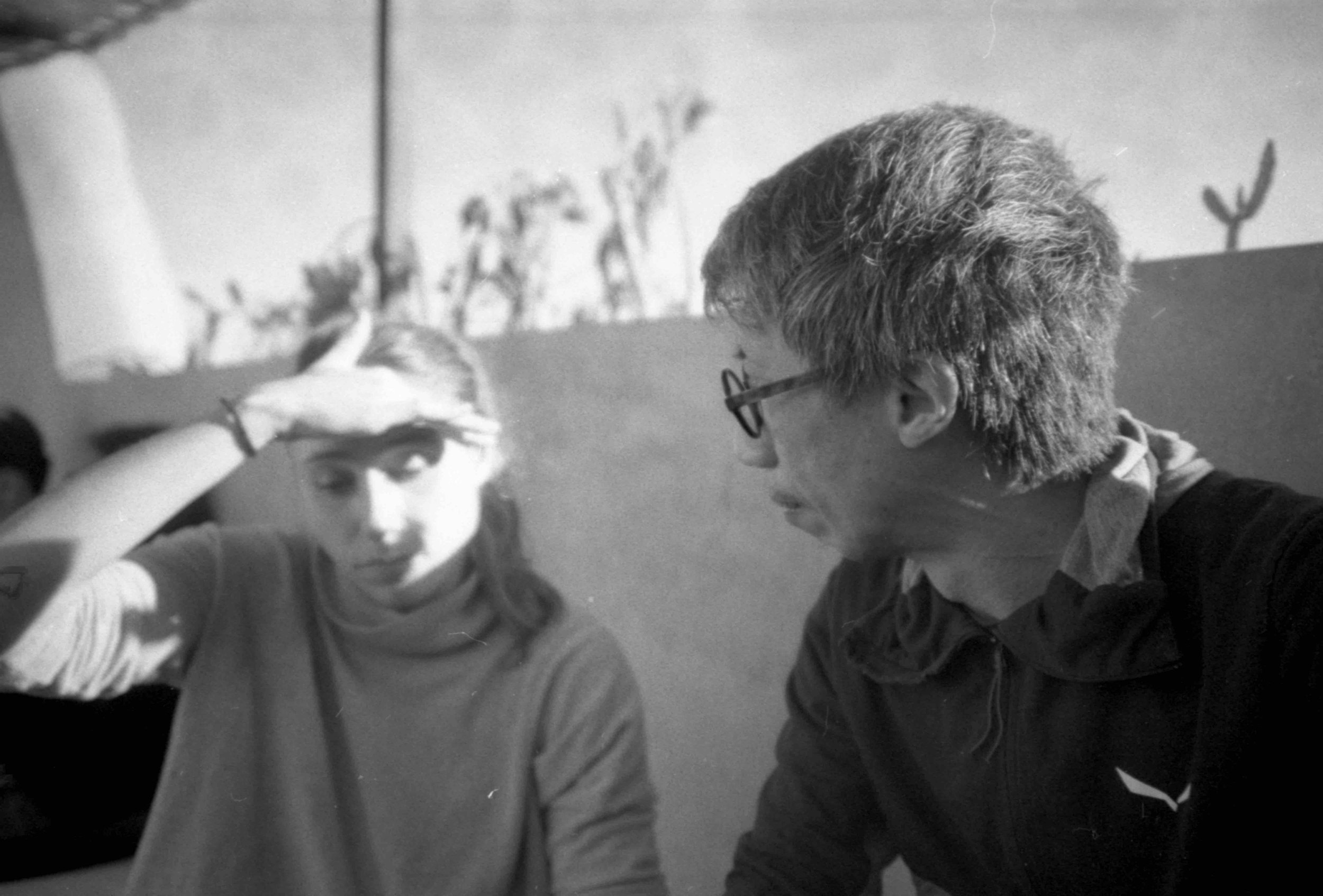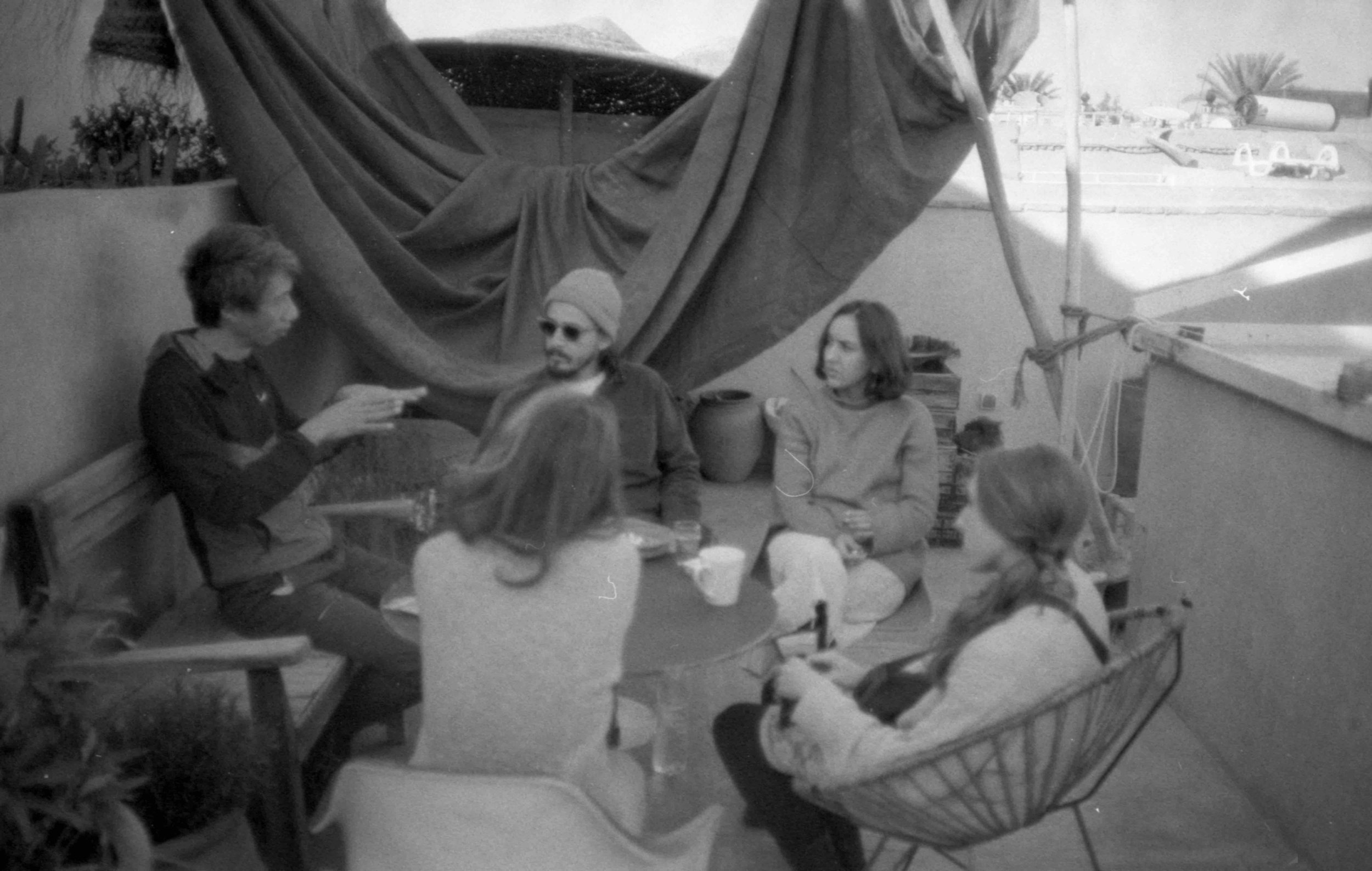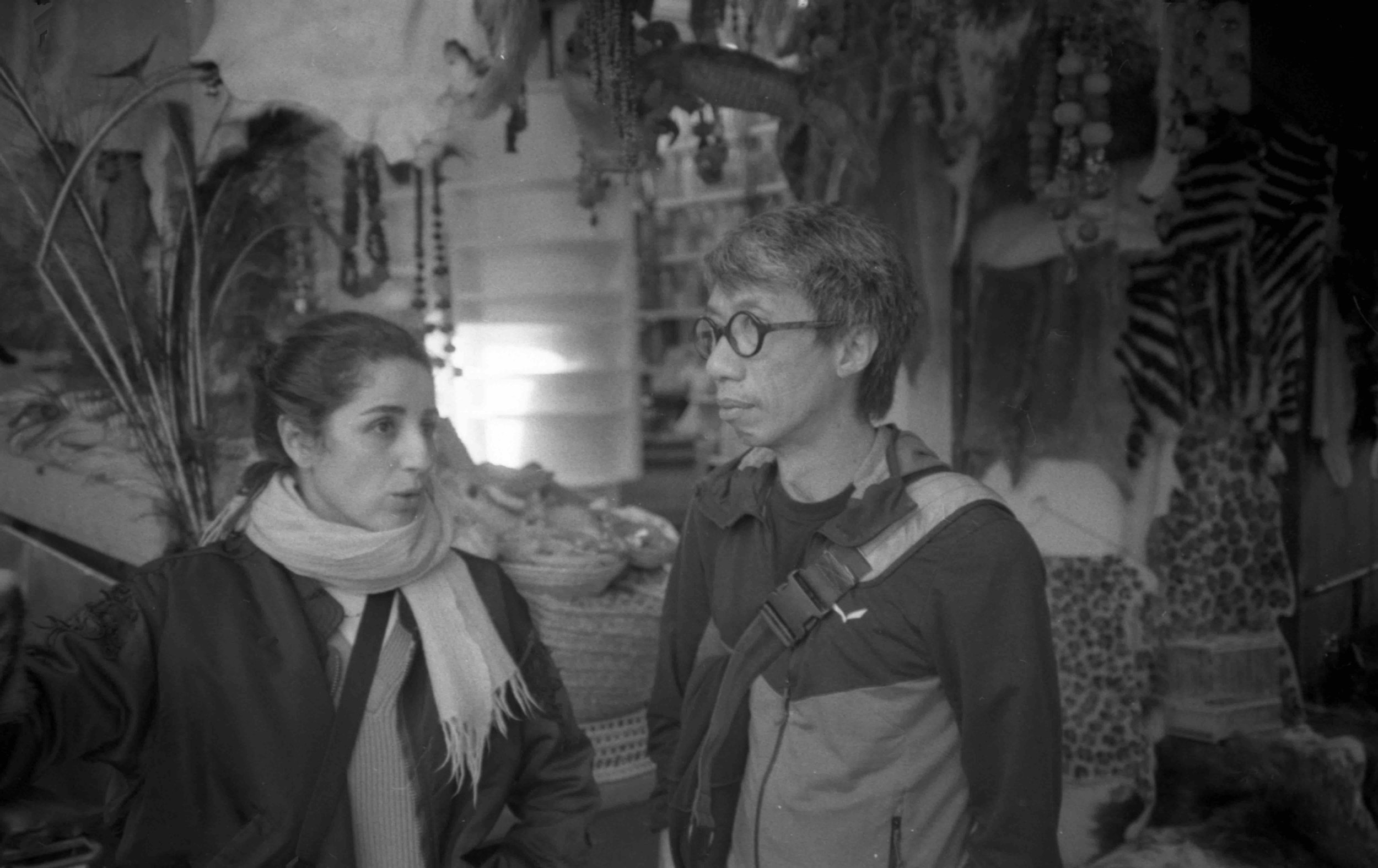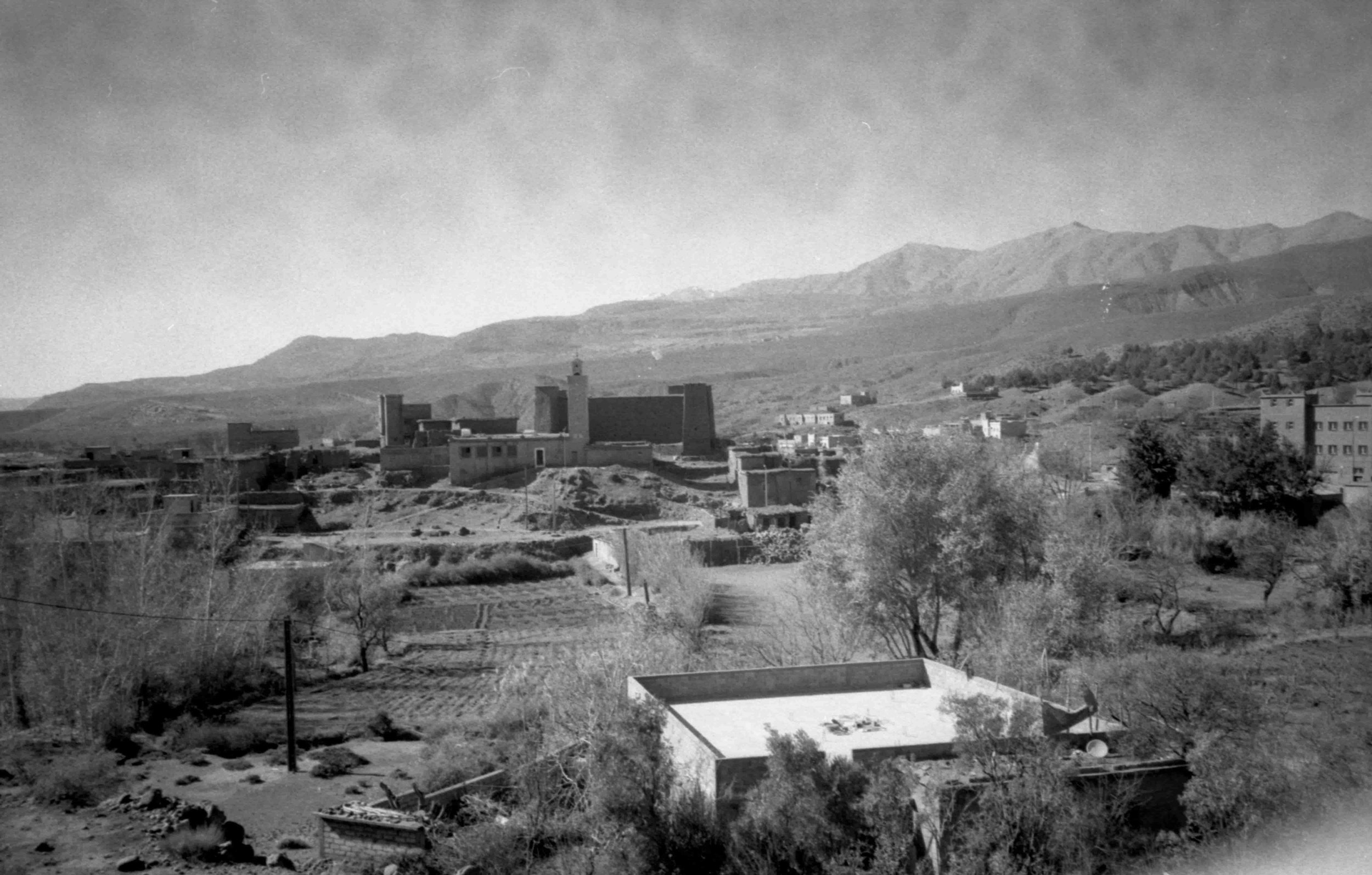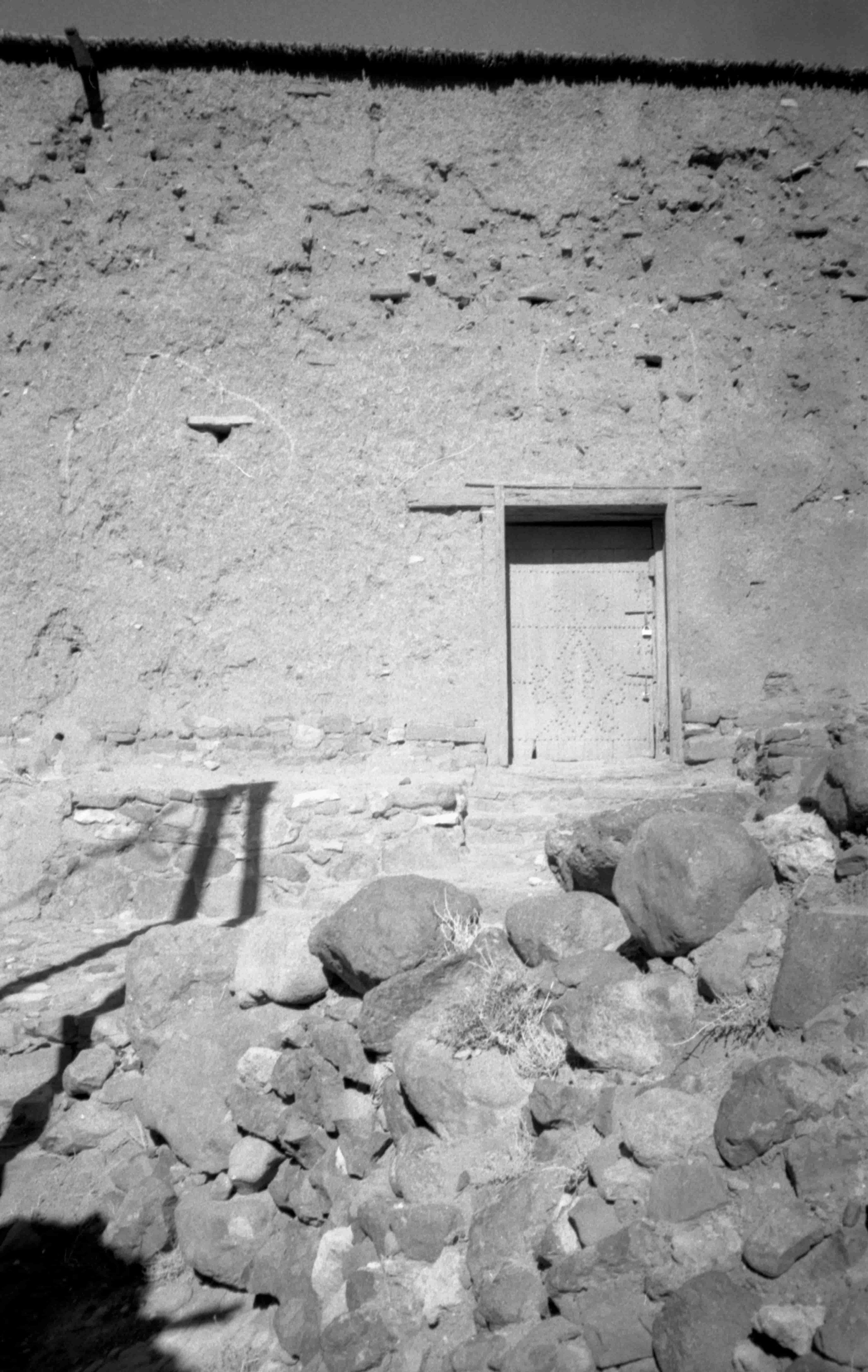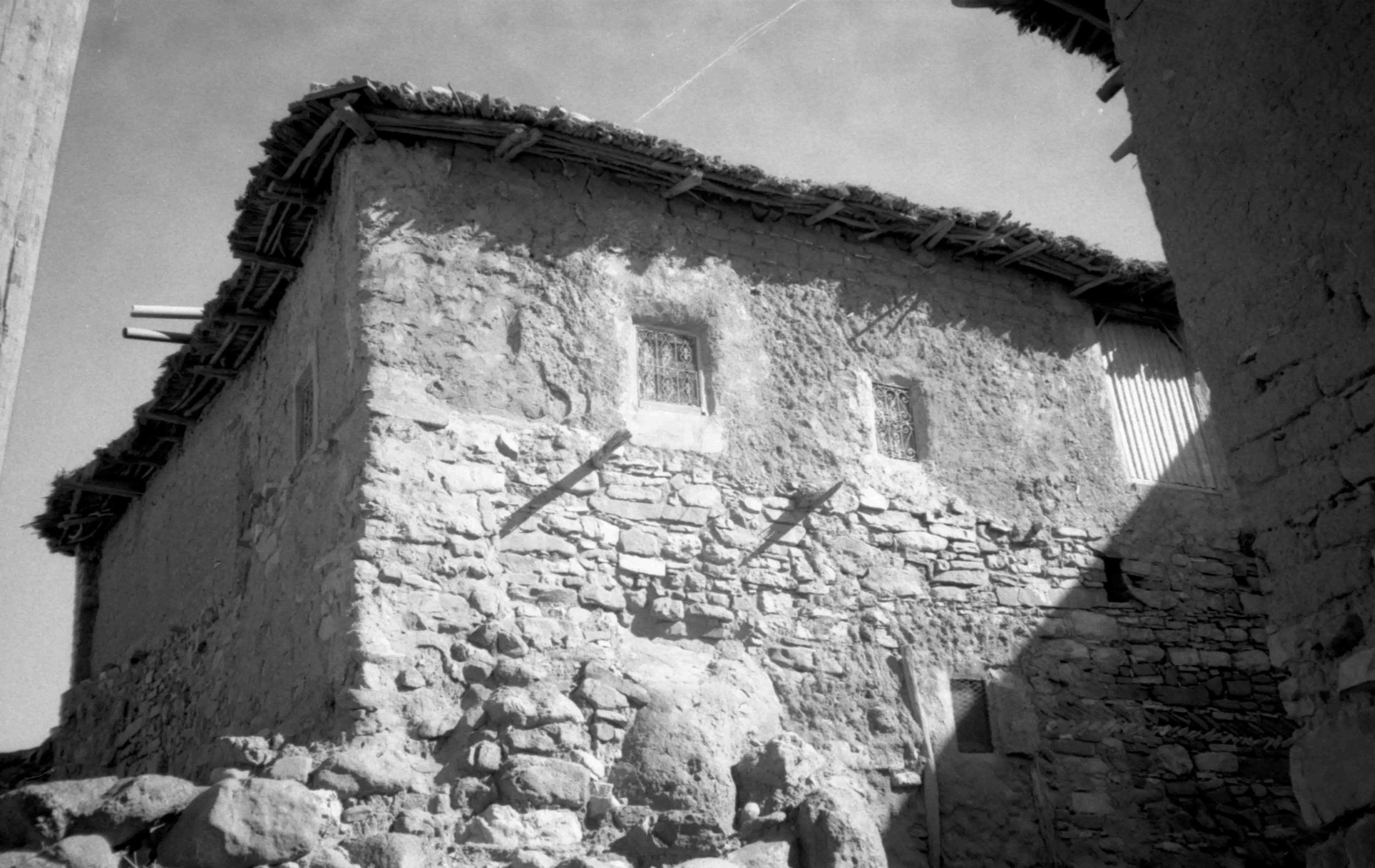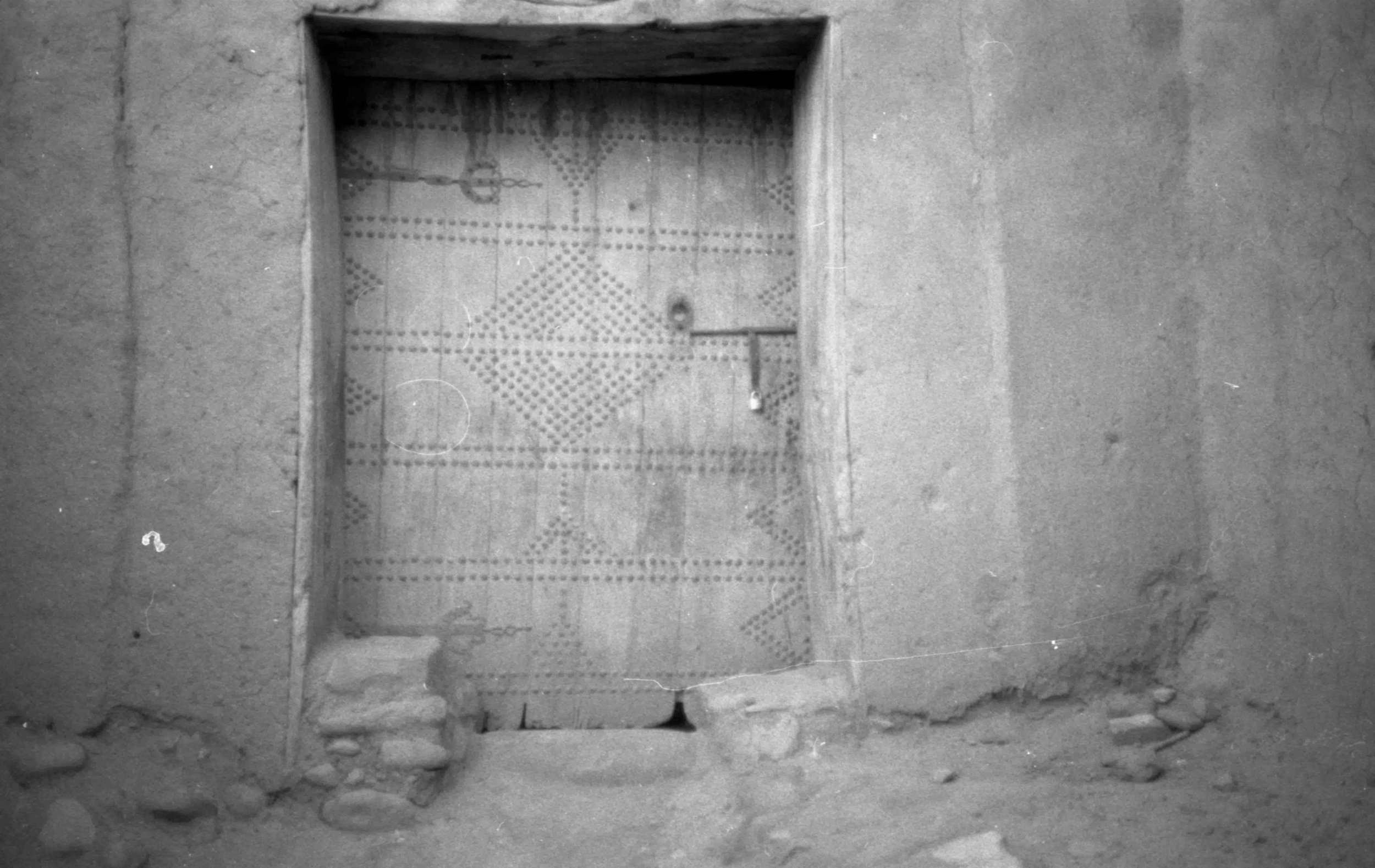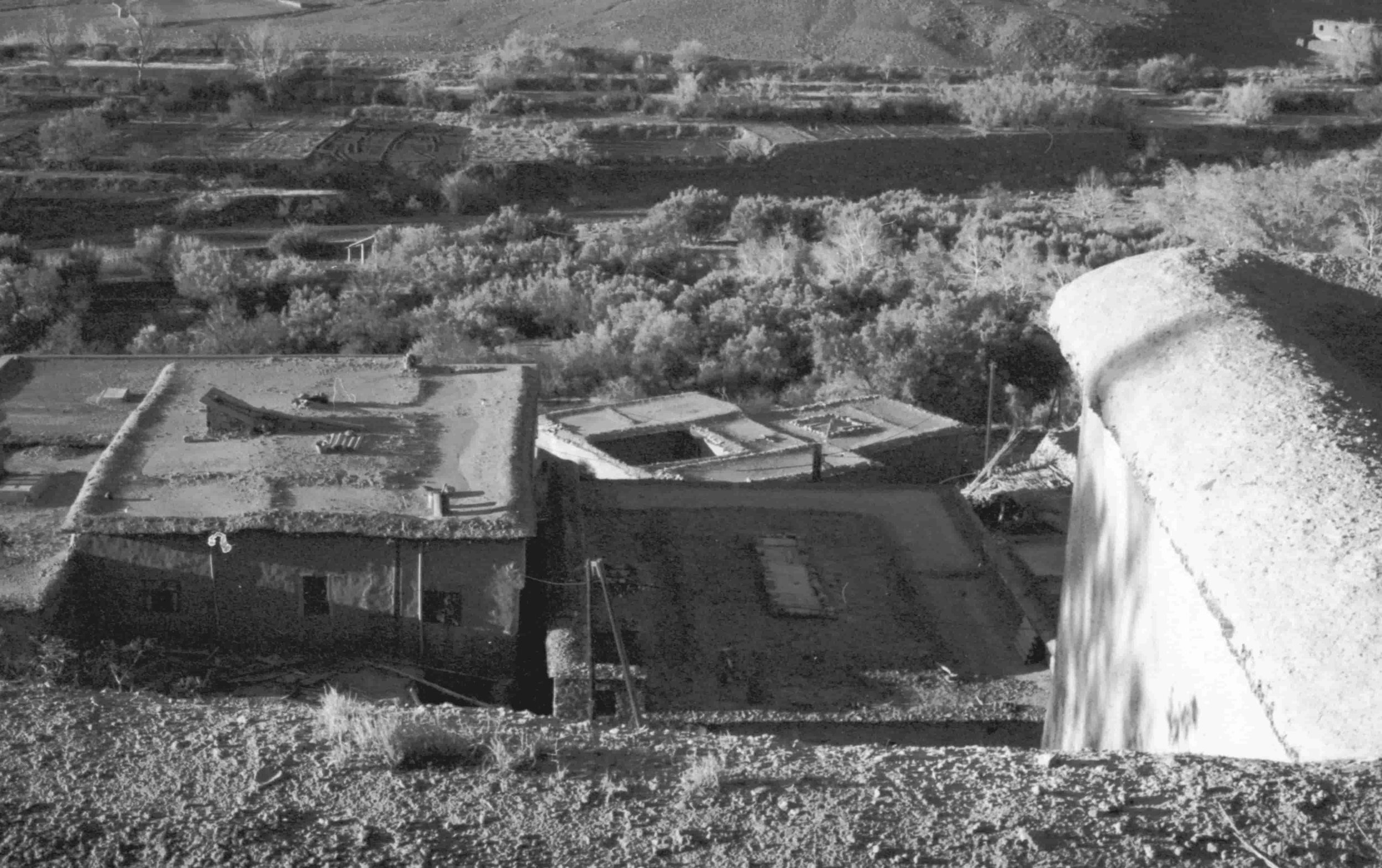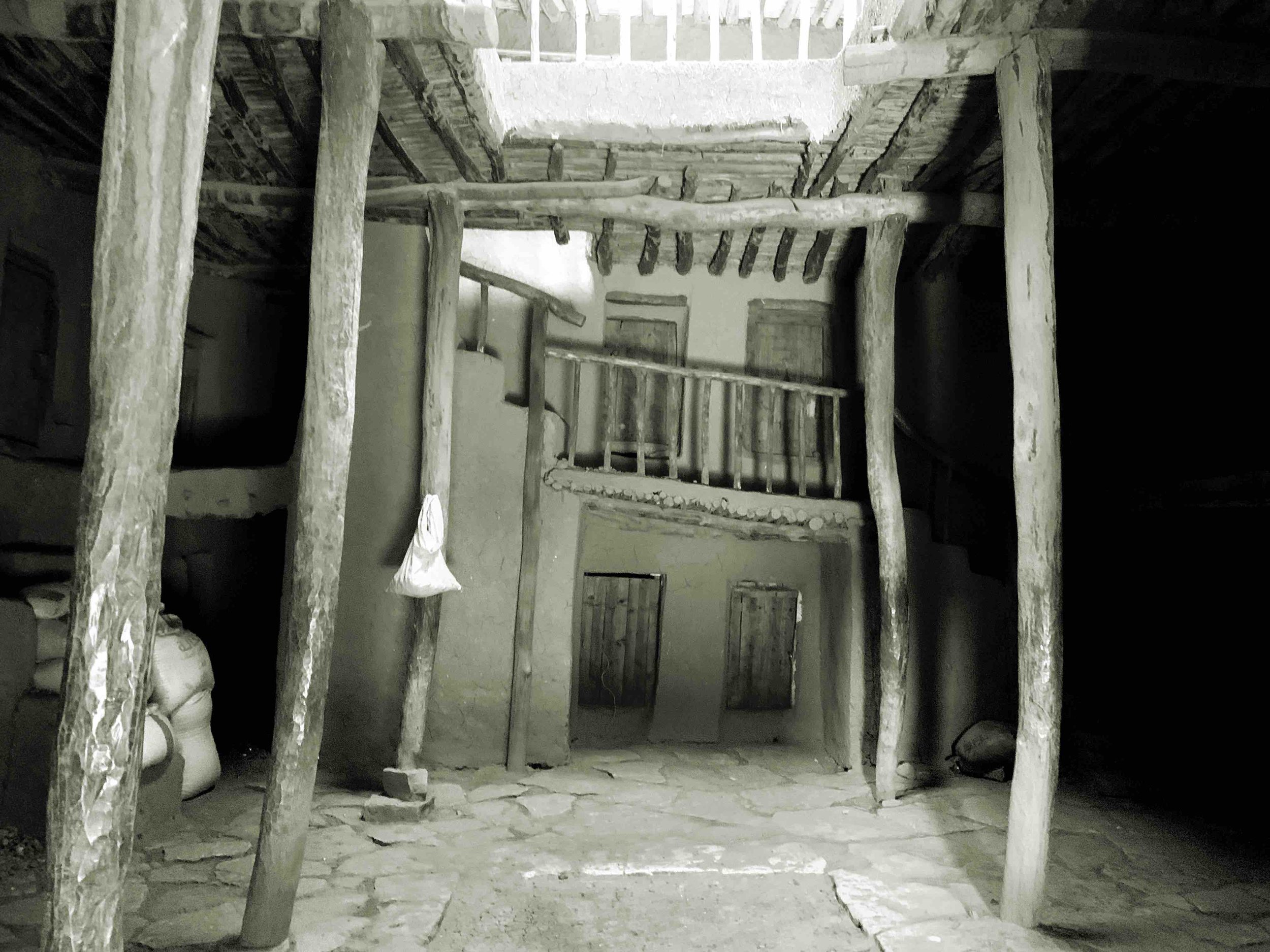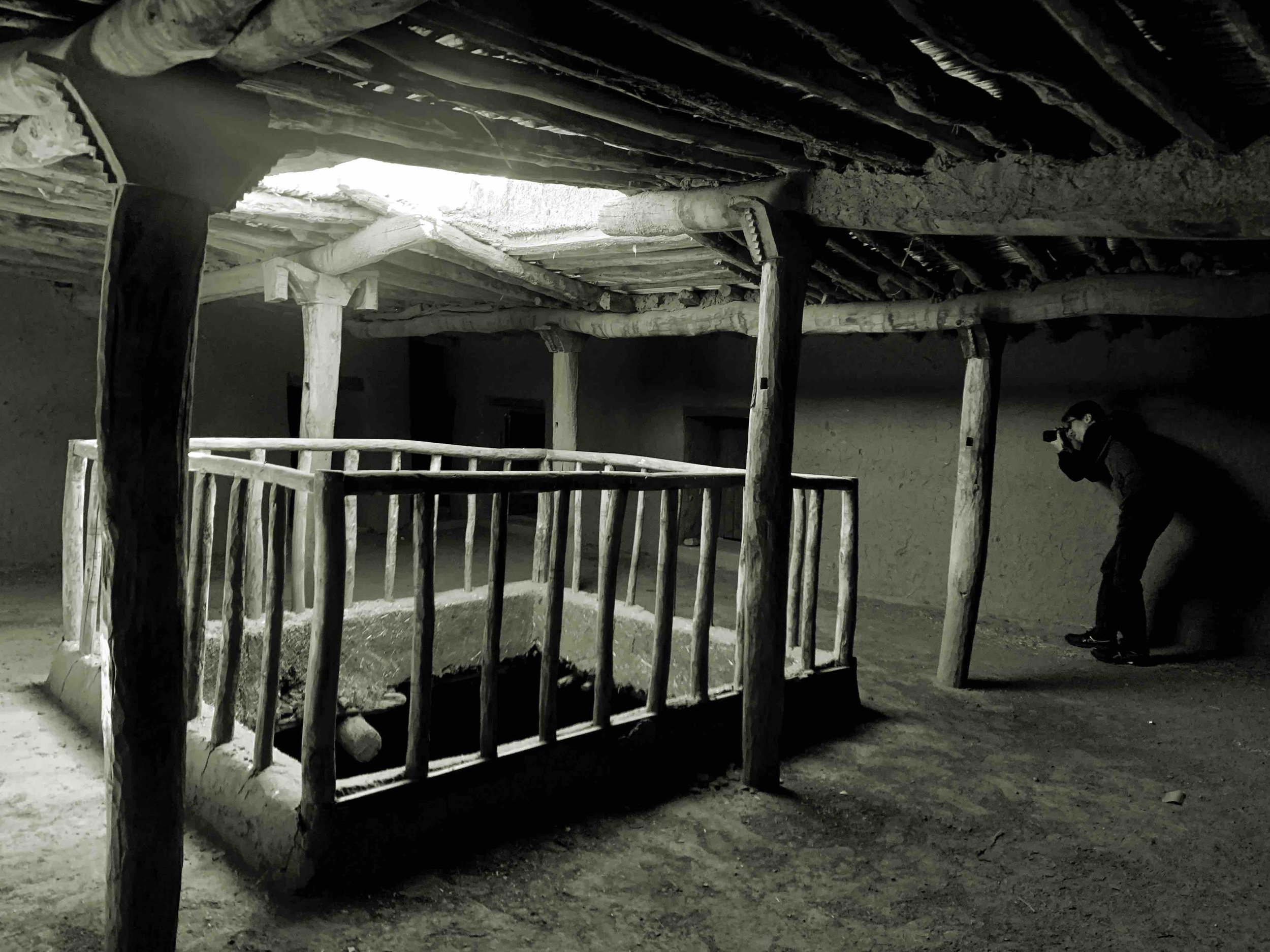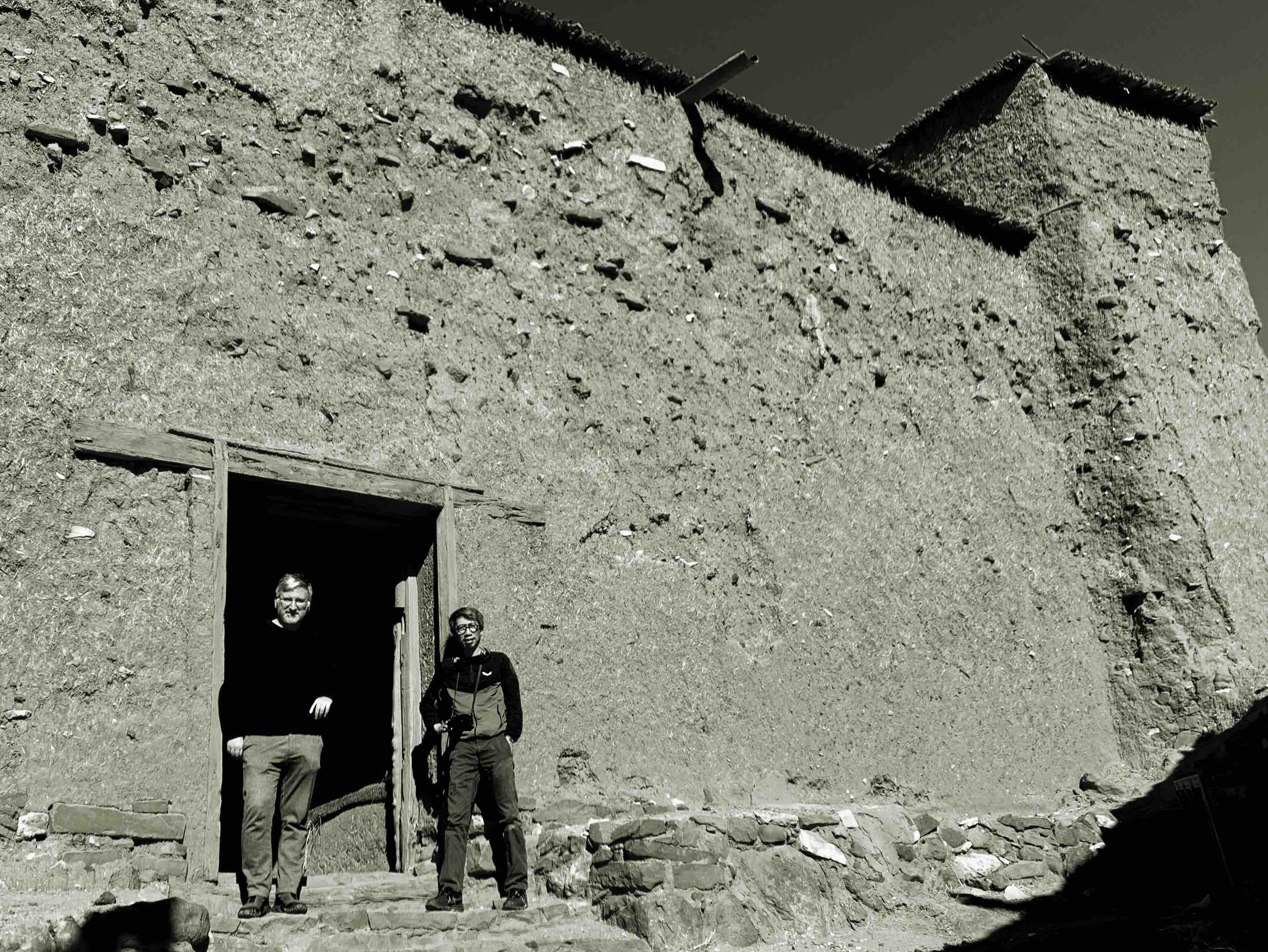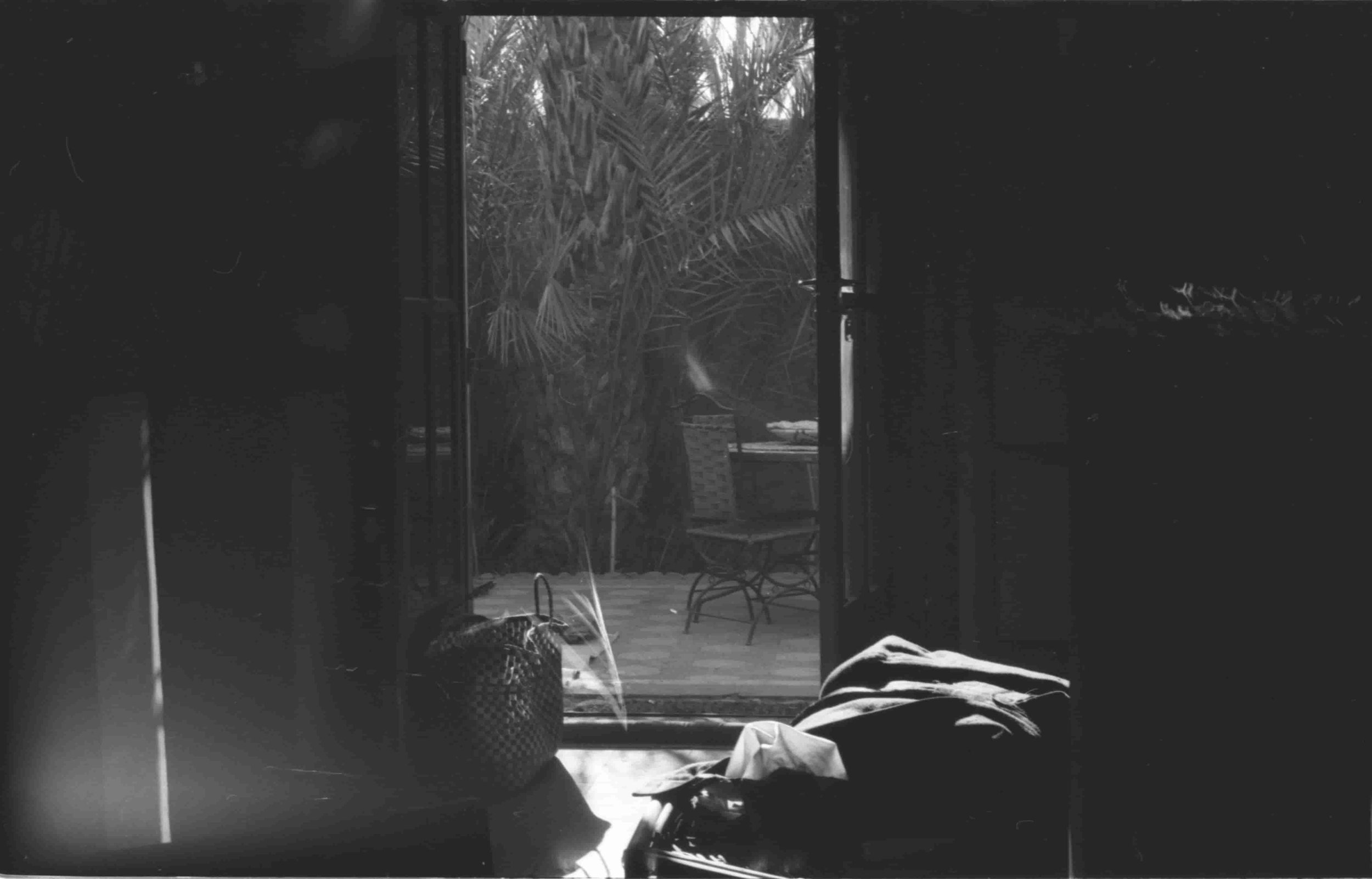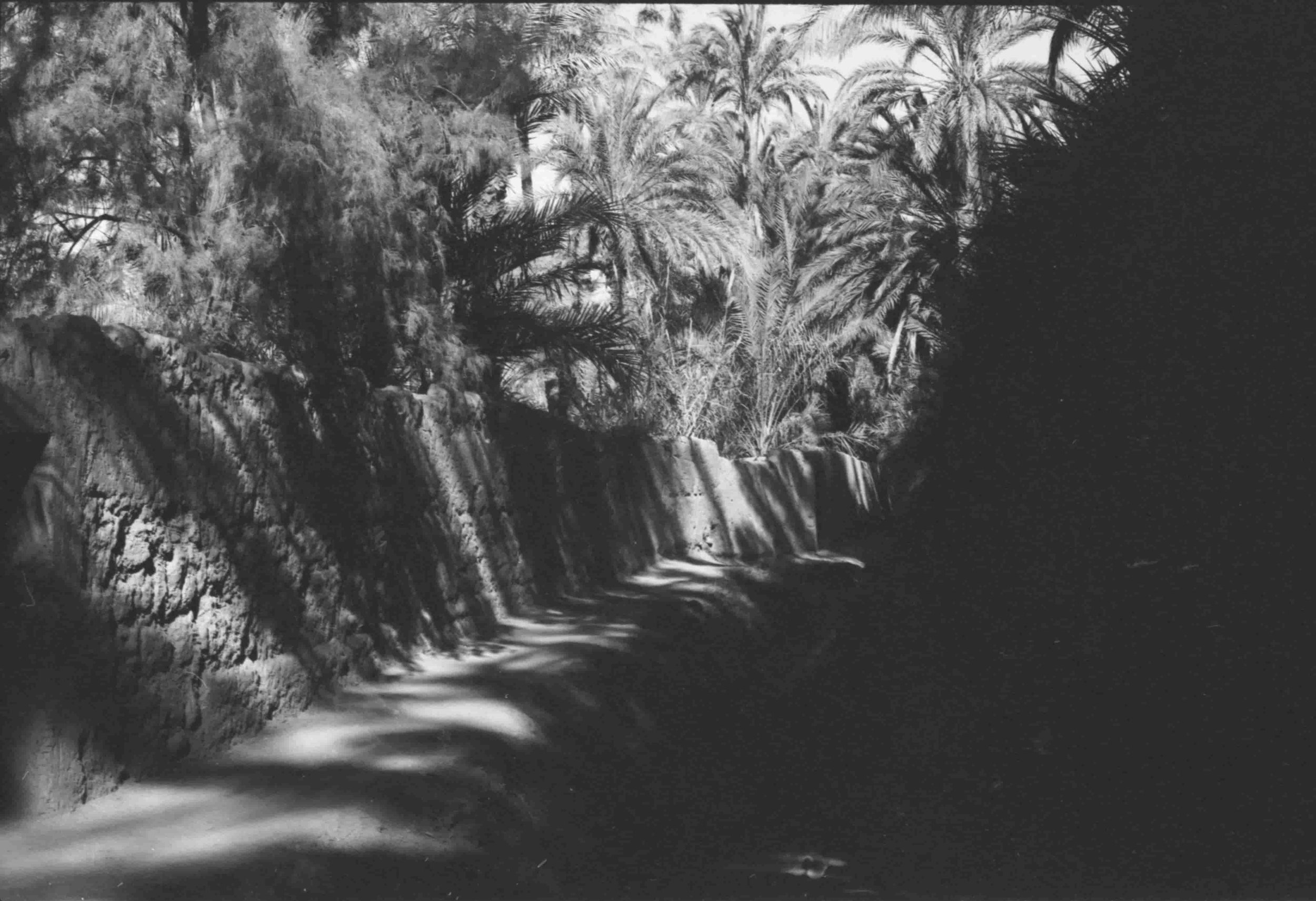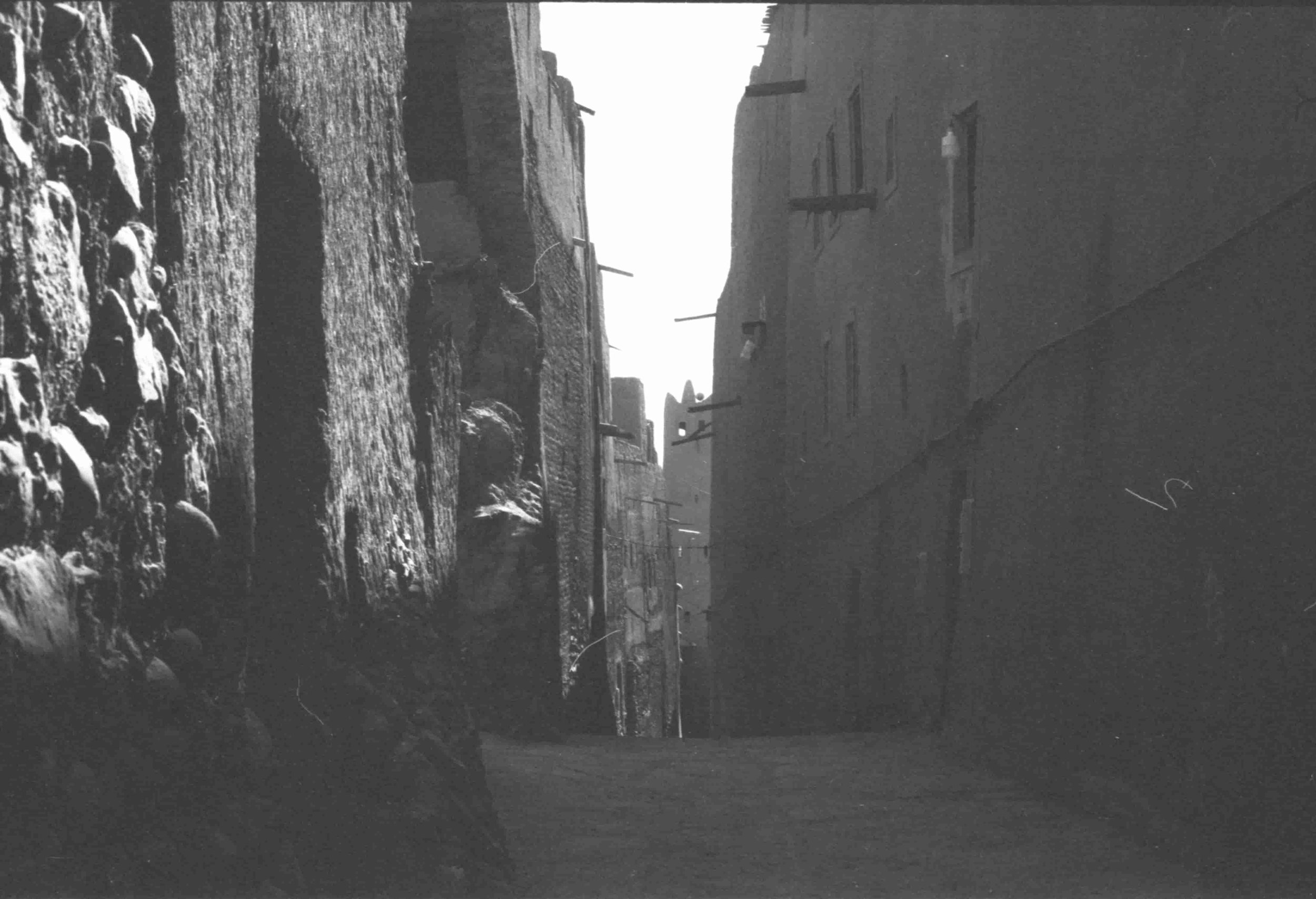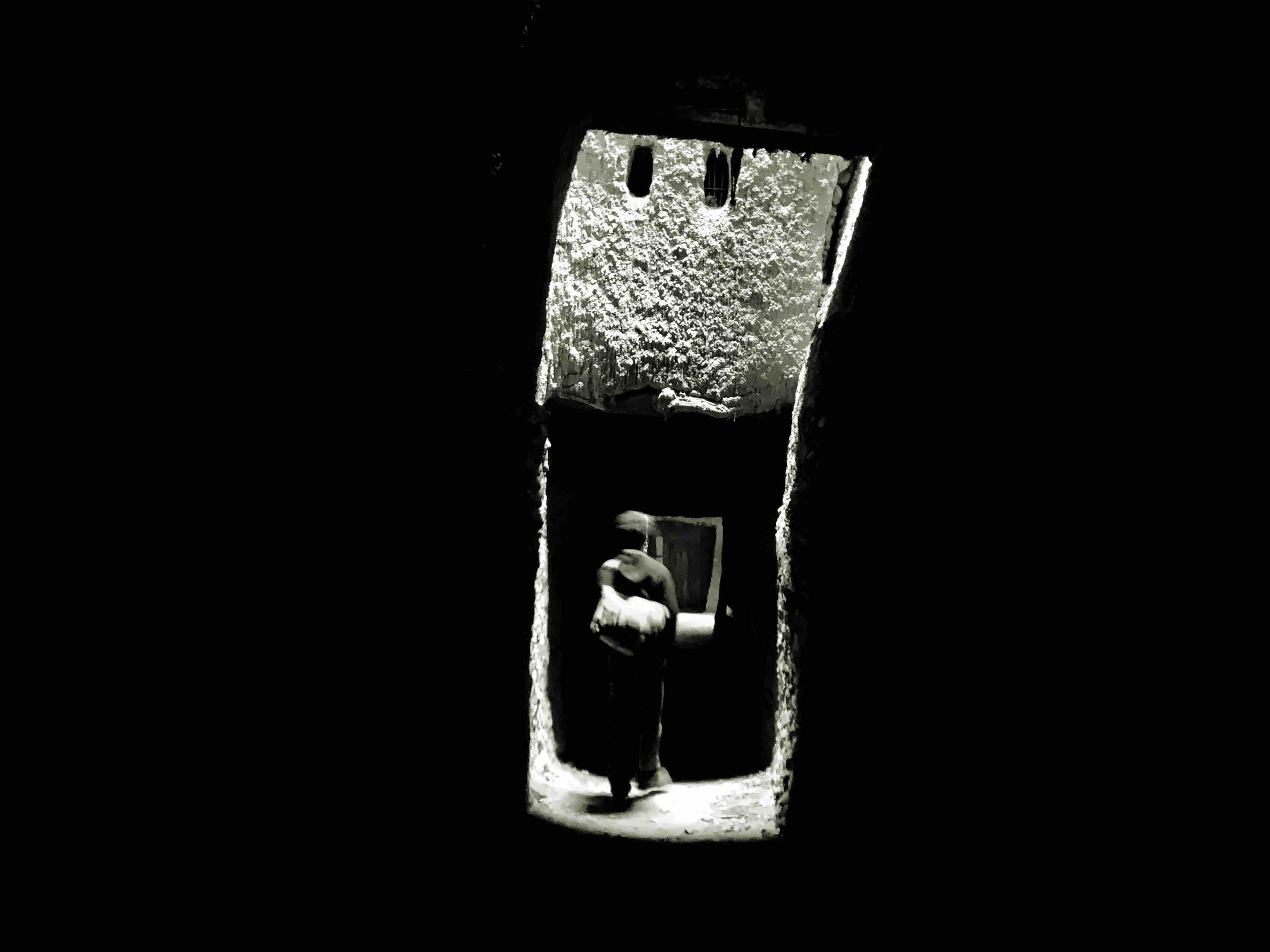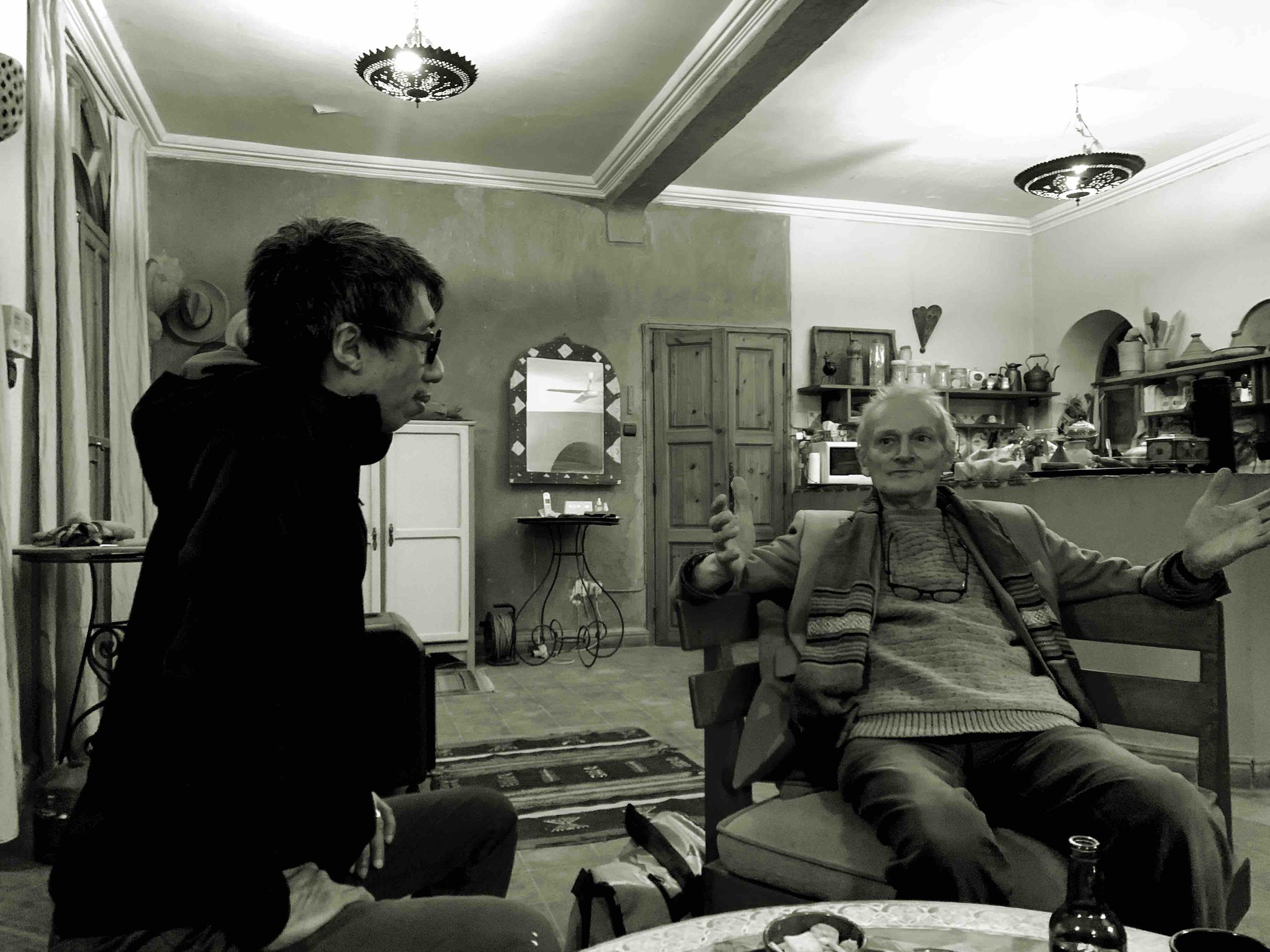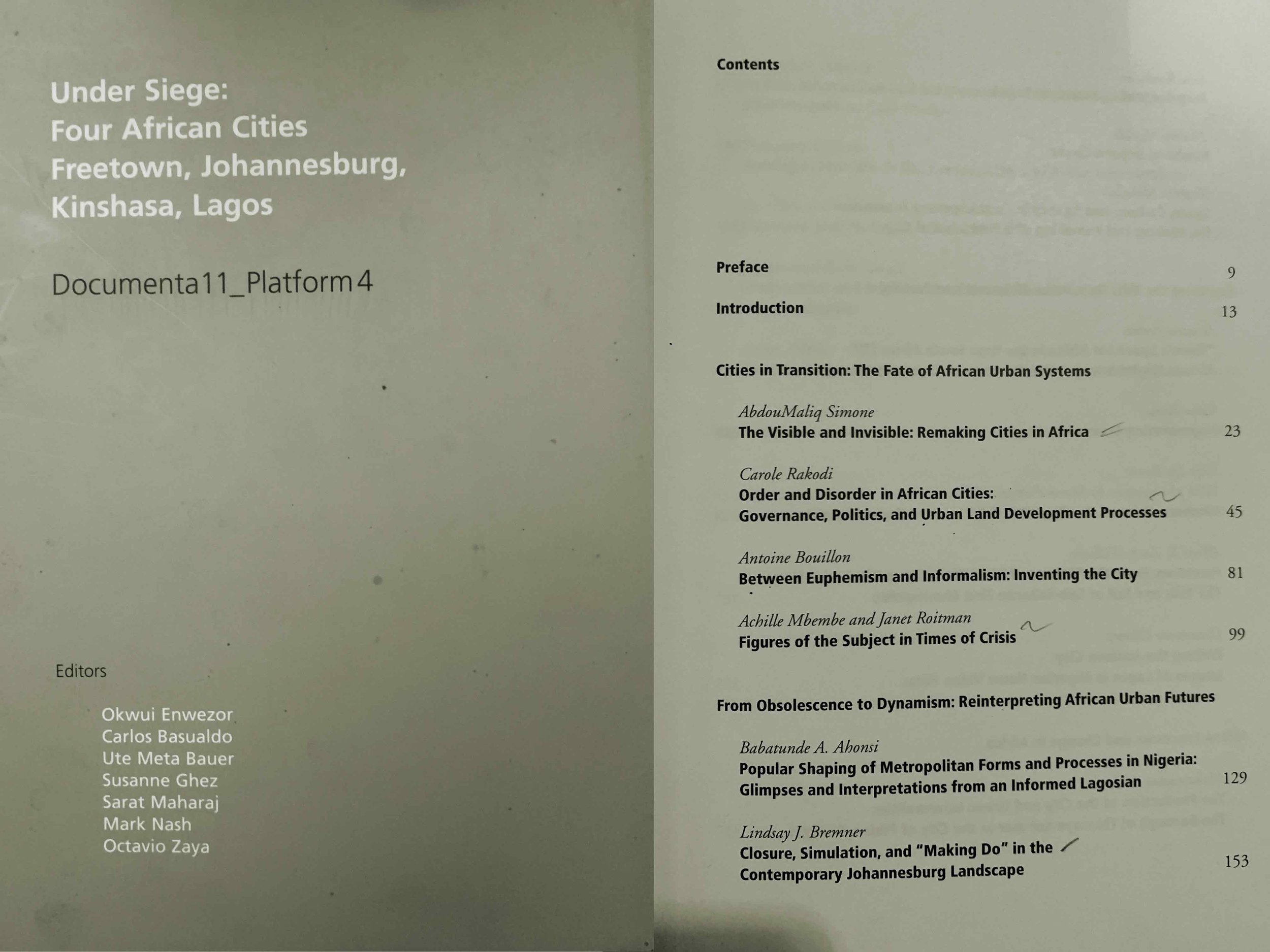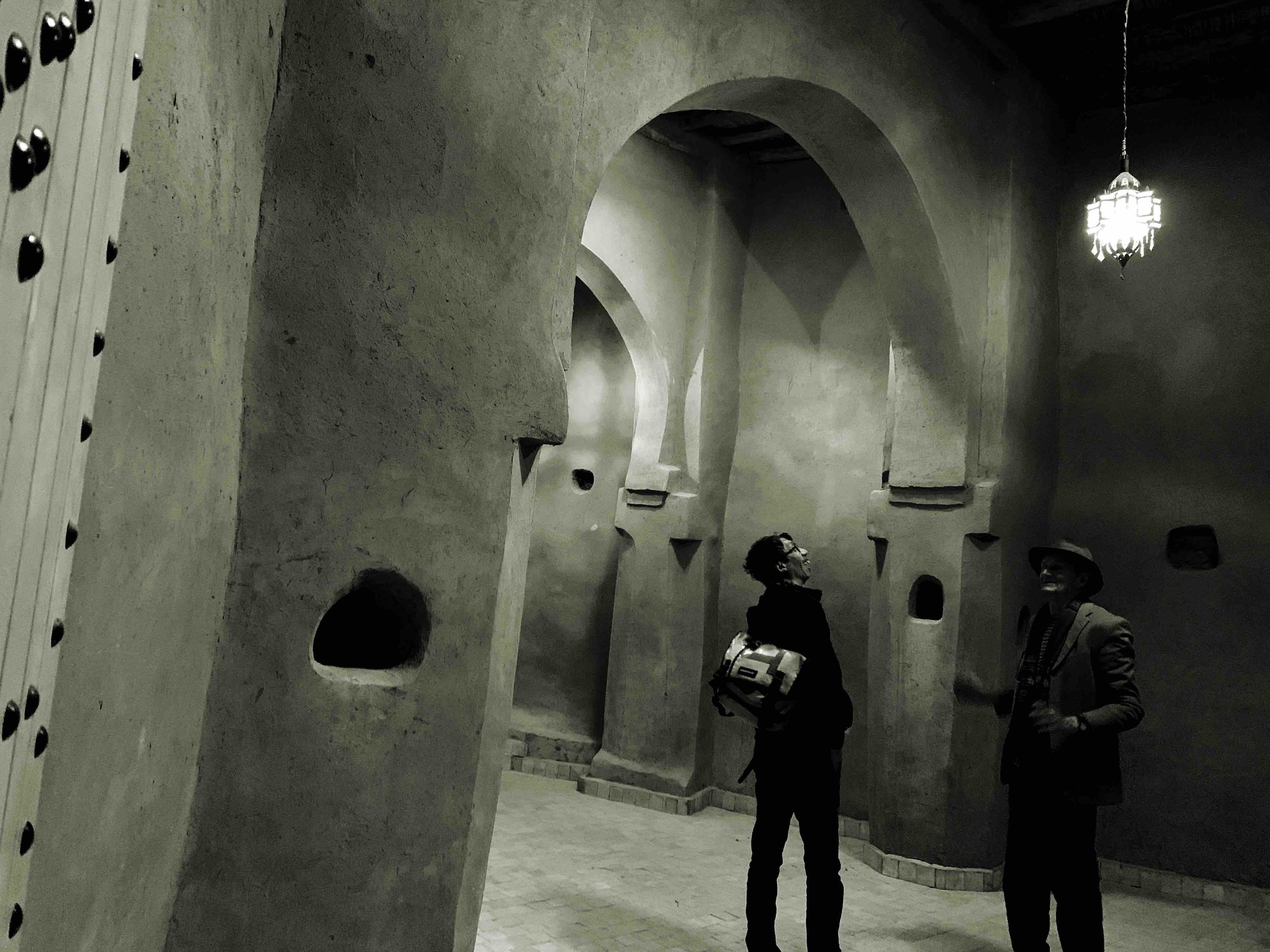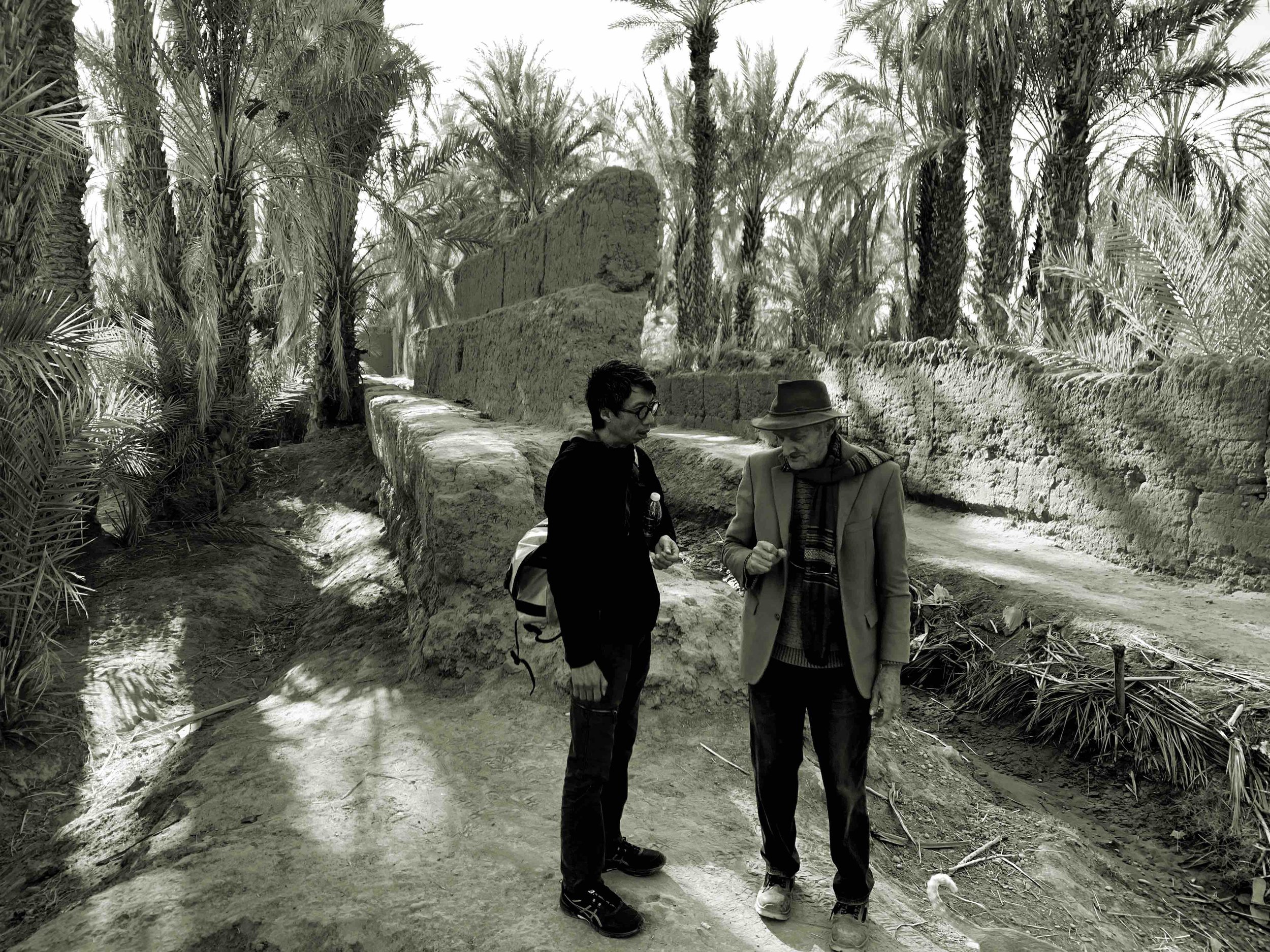ruangrupa always considered documenta fifteen as a first chapter, where collectives could have a first contact and time to exchange and to start to know each other. Lots of affinities arose during the event, in part thanks to polemics that united us more but also because we realised many of us shared attitudes towards contemporary culture and our societies. A part of the total budget for documenta fifteen was dedicated for further initiatives between participants to be organised in their own countries.
I started to understand then why Iswanto told me in May that our workshop Oase Kassel would continue after documenta. he was already thinking on the next steps in the framework of lumbung. Further more, the first night of the workshop, when we arrived to Sander House for a concert, Iswanto came to talk to Laila and me, he wanted to know if the pictures from the desert we showed were recent and if those places still existed, because he really wanted to visit them, so he asked when was the best period of the year to come to Morocco. We answered that maybe February because he could meet a lot of interesting people that would also be in Marrakech during the 1-54 Contemporary African Art Fair. Some months later, in November (the 9th), Francesca sent an email to all the members of Le 18 with the idea of inviting a member or ruangrupa in December in the framework of undercurrents, an alliance between Dar Bellarj, Le 18 & Mahal, knowing that some of them were still living in Europe so they could afford flight tickets. Iswanto accepted the invitation despite other propositions from American universities to give a lecture.
For three days, I tried to show and explain the city of Marrakech during the mornings to Iswanto (and its relations with the desert) and in the afternoon we joined the undercurrents public program. We also had time to chat on Le 18 terrace, with member of the collectives and friends that came for the program.
Iswanto was not just visiting Le 18 and Marrakech, he also participated in the undercurrents program with a talk about ruangrupa and about the documenta experience. For us it was important to have a public conversation where we could hear his impressions about the participation of Le 18 in Kassel.
Personally, I was disappointed to see how few people where interested to attend Iswanto’s presentation, specially because three weeks earlier ruangrupa took number 1 position as most influential people and movement in the contemporary artworld according to Art Review ranking, and one of its members was in Marrakech, in the medina, at Le 18, and not just for a talk, he stayed 3 days, so anyone could come to meet and talk to him, as some friends from Rabat did.
During our walks through the medina alleys we talked about many things, but he wanted to know more about Le 18 and the members of the collective. I understood during his presentation why. In fact, he found many similarities between them, ruangrupa, and Le 18; they also started in a house, they always have financial problems, so each of its components have “another” job to earn a living. He wanted to explain to the audience all these issues to show how their attitude, ours, is not easy to sustain over time, as we already know and experience with our projects Caravane Tighmert, Caravane Ouadane, Project Qafila…
At the end we could asked him about documenta, about their initial intentions, the methodology to translate an Indonesian background into an European major event. However, I keep two comments he did; about the selection process and about the Le 18 decision of not doing the exhibition.
In the first comment he explained how they established some parameters in order to know if the way of working of the candidates suited to the idea of lumbung they wanted to develop in Kassel. At the end, when deciding who was going to be a part of documenta, it was crucial the answer they should give to the question: Is it a collective with which we would like to work?
The second comment was about his opinion on Le 18 participation (1:46:00). He found very interesting the process and overall how we shared it, instead of using the event to promote ourselves. Then he added that probably, they, as ruangrupa, would have done the same thing.
Again I understood, even clearer, how since the first meeting in Kassel Iswanto wanted to talk to us, to organise workshops with us, to visit Morocco with us…
When Francesca wrote to ruangrupa to invite one of its members, I suggested her to add that I could bring him to the desert in order to discover the oases Laila and I showed during the workshop Oase Kassel. It was a way to convince them that the journey could be more than just a talk, also knowing that Iswanto wanted to come to the desert.
We only had three days because Iswanto had to be back in Germany before Christmas, but he had time to have an overview of what an oasis is.
The route from Marrakech to Zagora crosses the High Atlas mountains, offering amazing landscapes with so many different colours due to the geology. I proposed him to stop and try to visit a granary, that is to say, a lumbung! When we read for the first time the idea behind documenta fifteen, the concept of lumbung was not strange for us, since they are a very important part of the architectural heritage in the south of Morocco. I also wanted to stop here because I already tried twice to visit it, but I never found the person that keeps the key. This time we were lucky and a woman opened it to us. I was so impressed by the wooden structure and by the fact that the granary was still in use.
I had proposed Iswanto to sleep in Amezrou (Zagora) for several reasons. I wanted to pay a visit to my dear friend Antoine Bouillon who is always sharing so many information about the desert with me and if was awesome when I did the introductions. Iswanto presented himself as an architect and artist from Indonesia but when I explained that I met him in Kassel during documenta fifteen because he was a ruangrupa member, the artistic directors, Antoine, a philosopher and sociologist, told us he knew documenta, in fact he participated in the (delocalised) public program of Documenta 11 in Nigeria, at least he was supposed to talk about his paper, Between Euphemism and Informalism: Inventing the City, included in the publication 11_Platform 4; Under Siege: Four African Cities, Freetown, Johannesburg, Kinshasa, Lagos, but he got sick when he arrived to Lagos and he had to come back to France to undergo emergency surgery. It was not the first time Antoine surprised me. Nelson Mandela passed away in December 2013 and I was staying in the guest house Antoine had in Amezrou. I was speechless when she told me that she had met Nelson Mandela at a reception in France when he came, some time after his release, and met with some associations and with the anti-apartheid committee that Antoine chaired. We chatted for hours in a lovely evening.
Also because he would have the opportunity of staying in a house in the middle of a palm grove. And finally because we could visit one of the ksour I had been working the most, with my students when I was teaching at the Architecture School of Tetouan, and later, when I was working on the architectural guide plan of the Drâa valley. In addition, the ksar has one of the biggest rammed earth mosque in the valley and one of the few minarets (there were only five minarets and today only three remain). Furthermore, there is a synagogue that can be visited and that shows the importance of jewish heritage in Morocco.
We had not enough time to visit the palm grove of Ktaoua, the most interesting since it has around 70 ksour and zawiyas inside. I told him next time he will visit it as well as M’hamid el-Ghizlane with his sand dune area (Erg Chegaga). We started our way back with some stops I thought he was going to love. The first one was ksar Tinzouline with the amazing courtyard associated to the casbah. Today only two families live inside and it is an example of how rammed earth architecture is not just about walls with a few small apertures. After Tinzouline, I would like to stop in Tinmasla, to see the mosque and his minaret, a testimony of minimalist rammed earth architecture, however, Iswanto told me he was oversaturated, he had received so many information that he preferred to come visit Tinmasla in a next journey.
We headed to Tamnougalt where we were going to sleep. I wanted Iswanto to meet another friend, Hassan el-Caïd, the owner of Kasbah des Caids, a landmark heritage, a museum and a guest house. With him and Labina association, we organised a workshop in 2020 for the rehabilitation of the mosque of the madrasa.
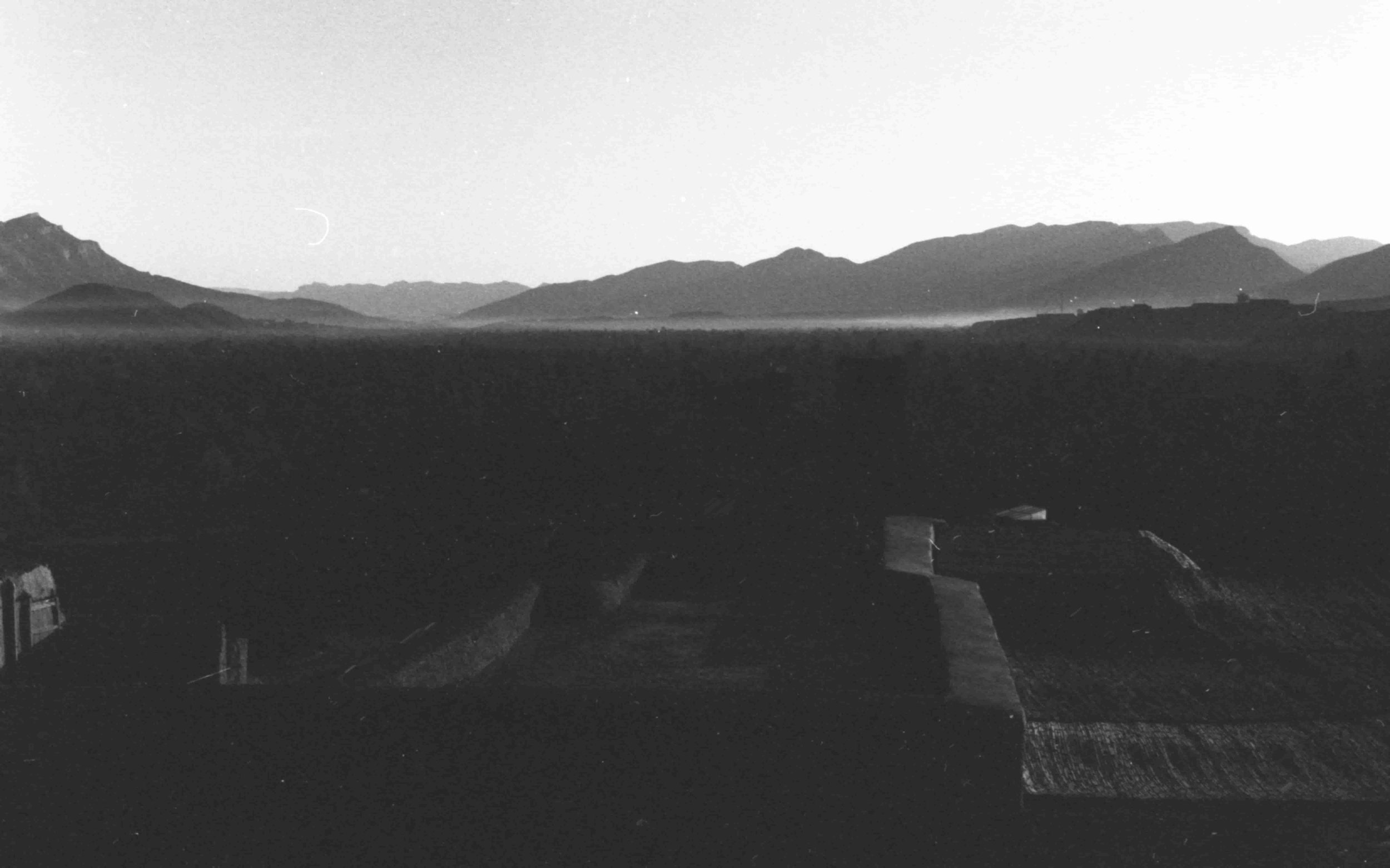
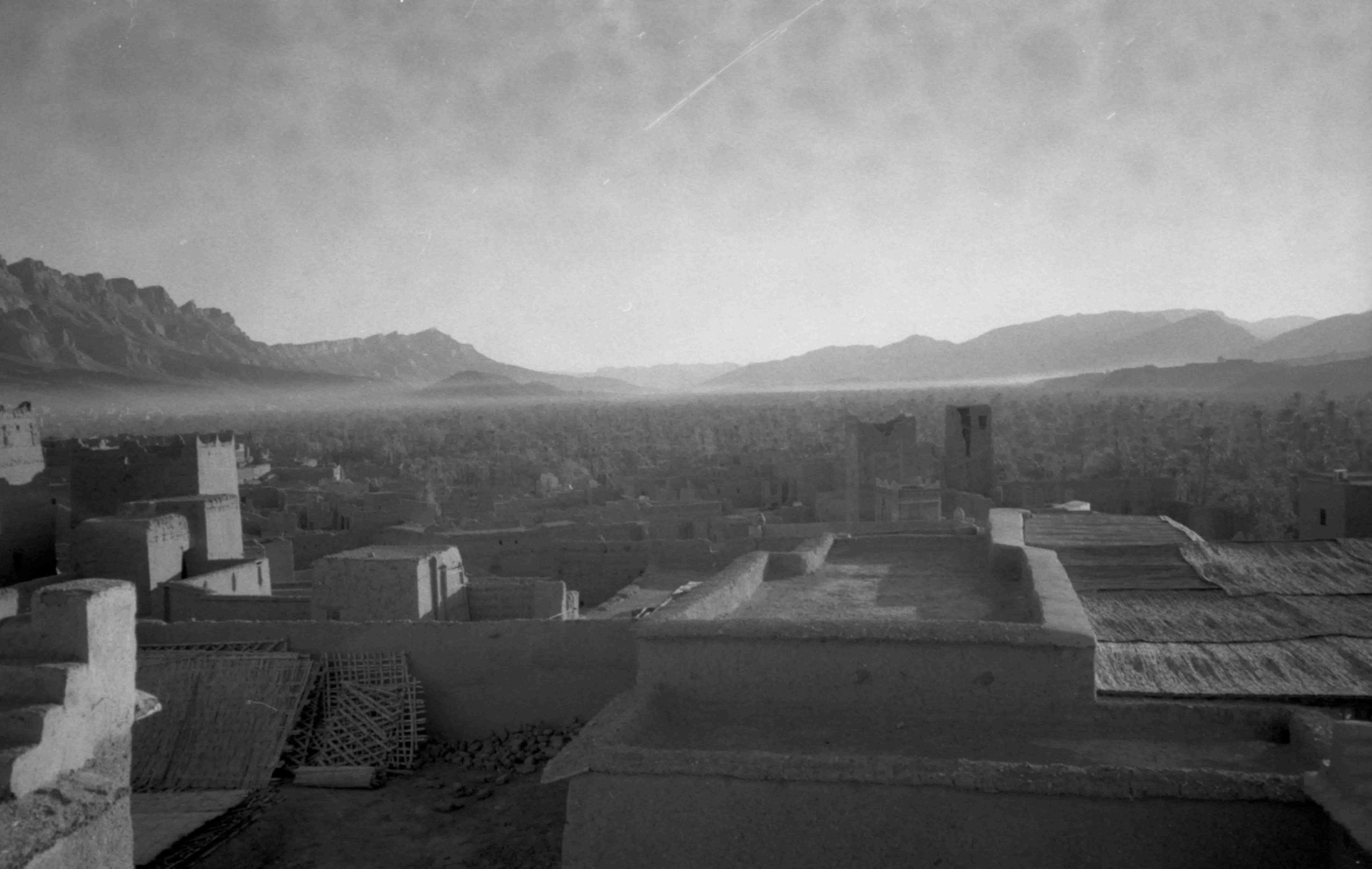
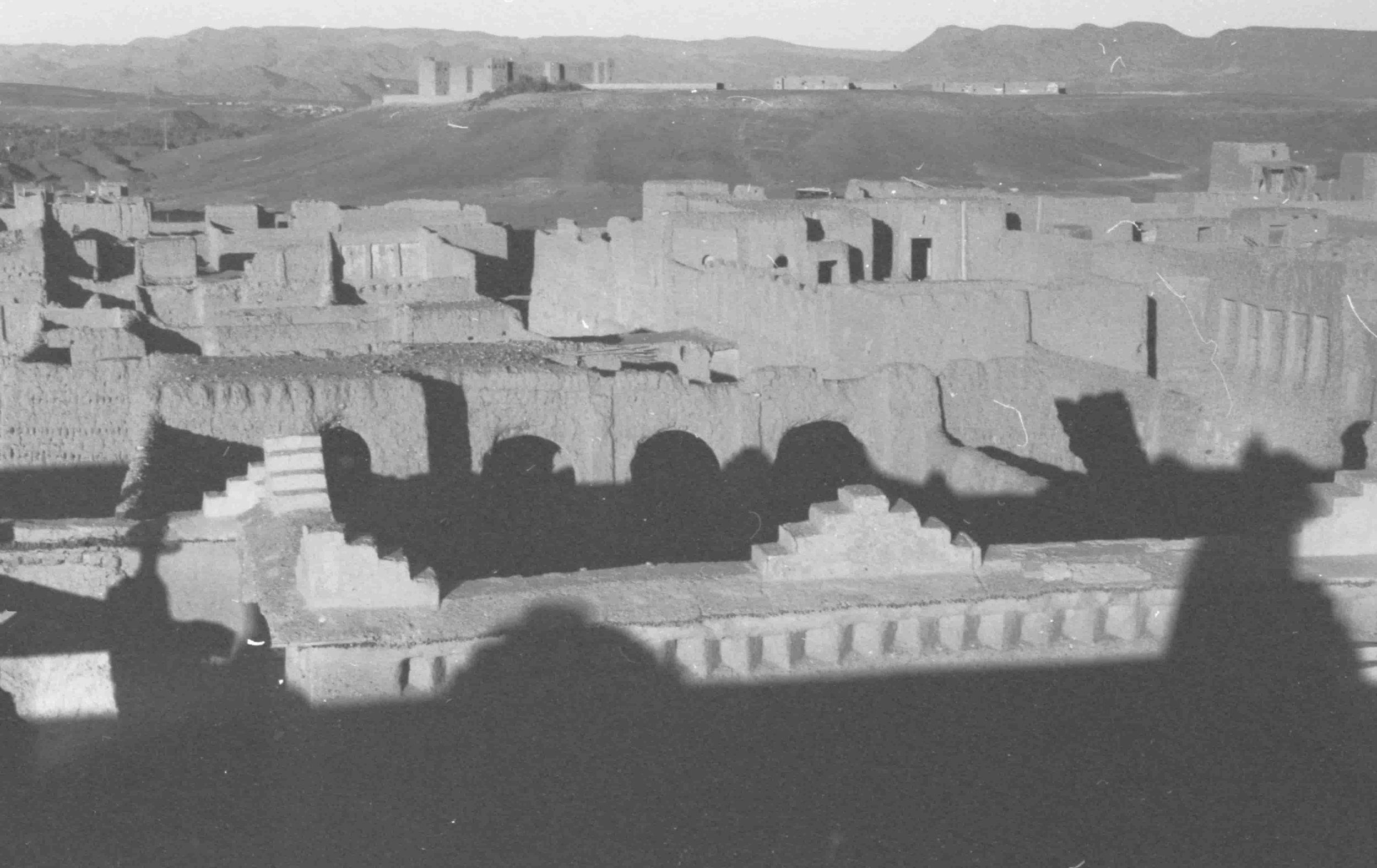
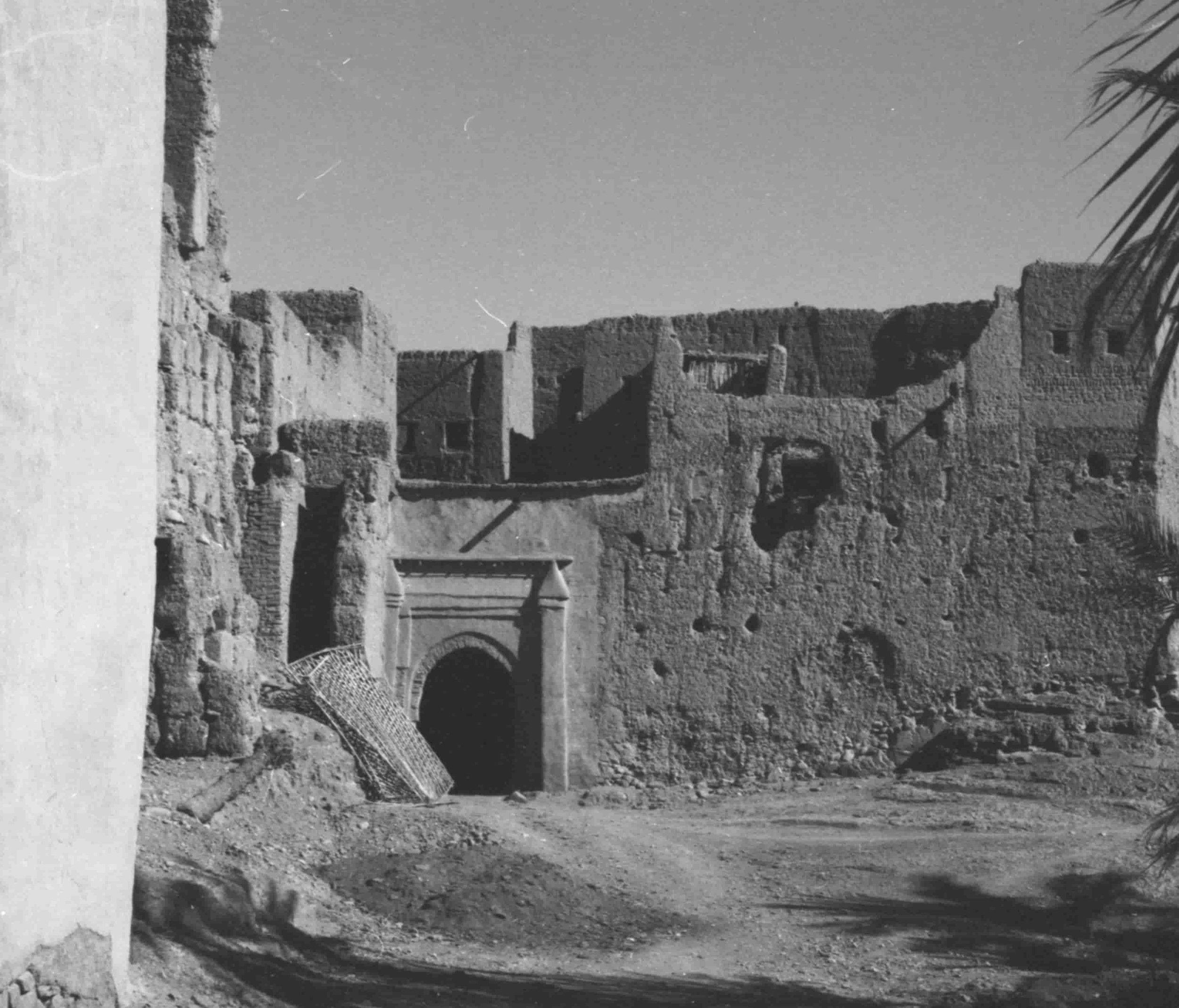

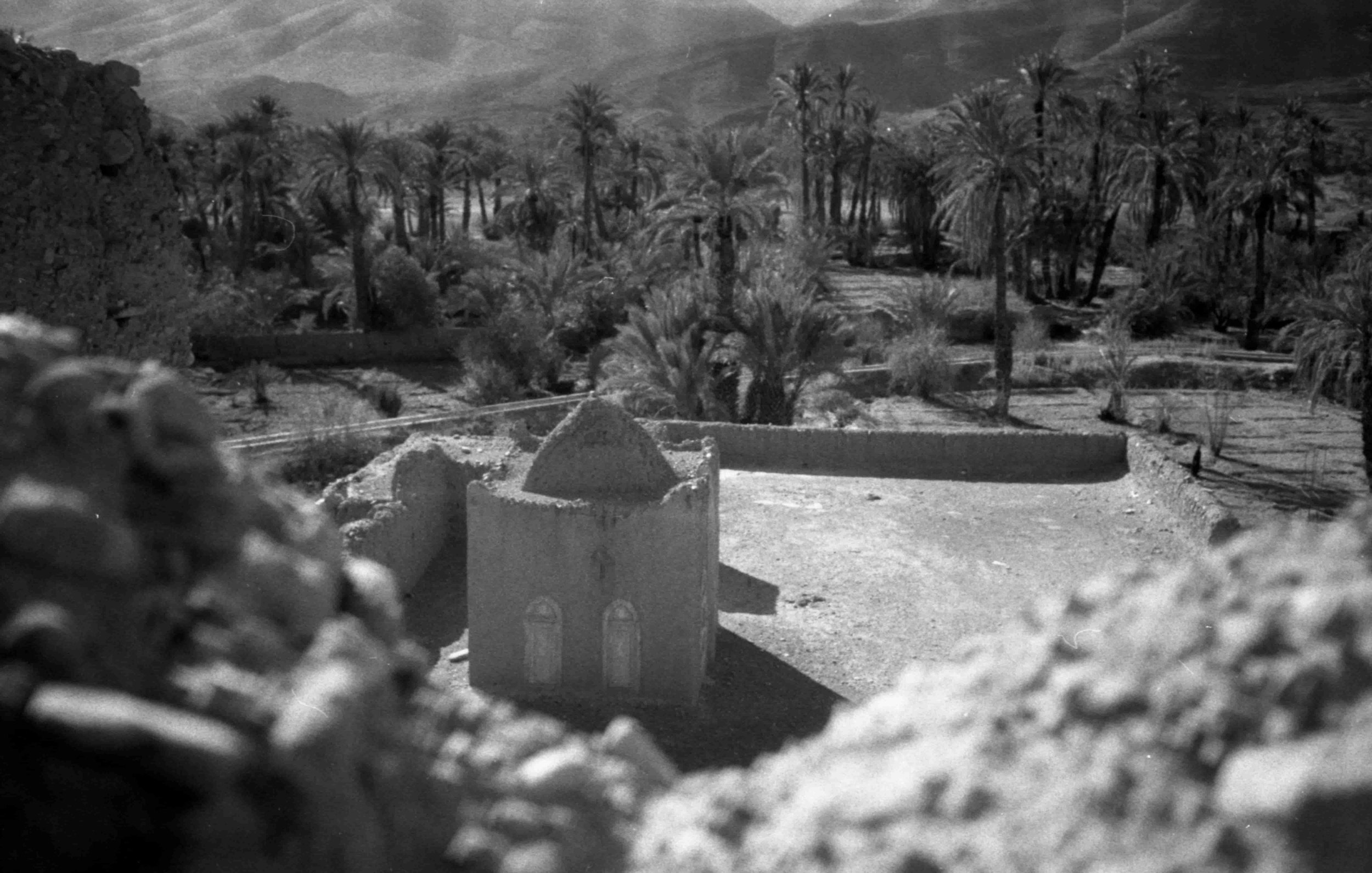
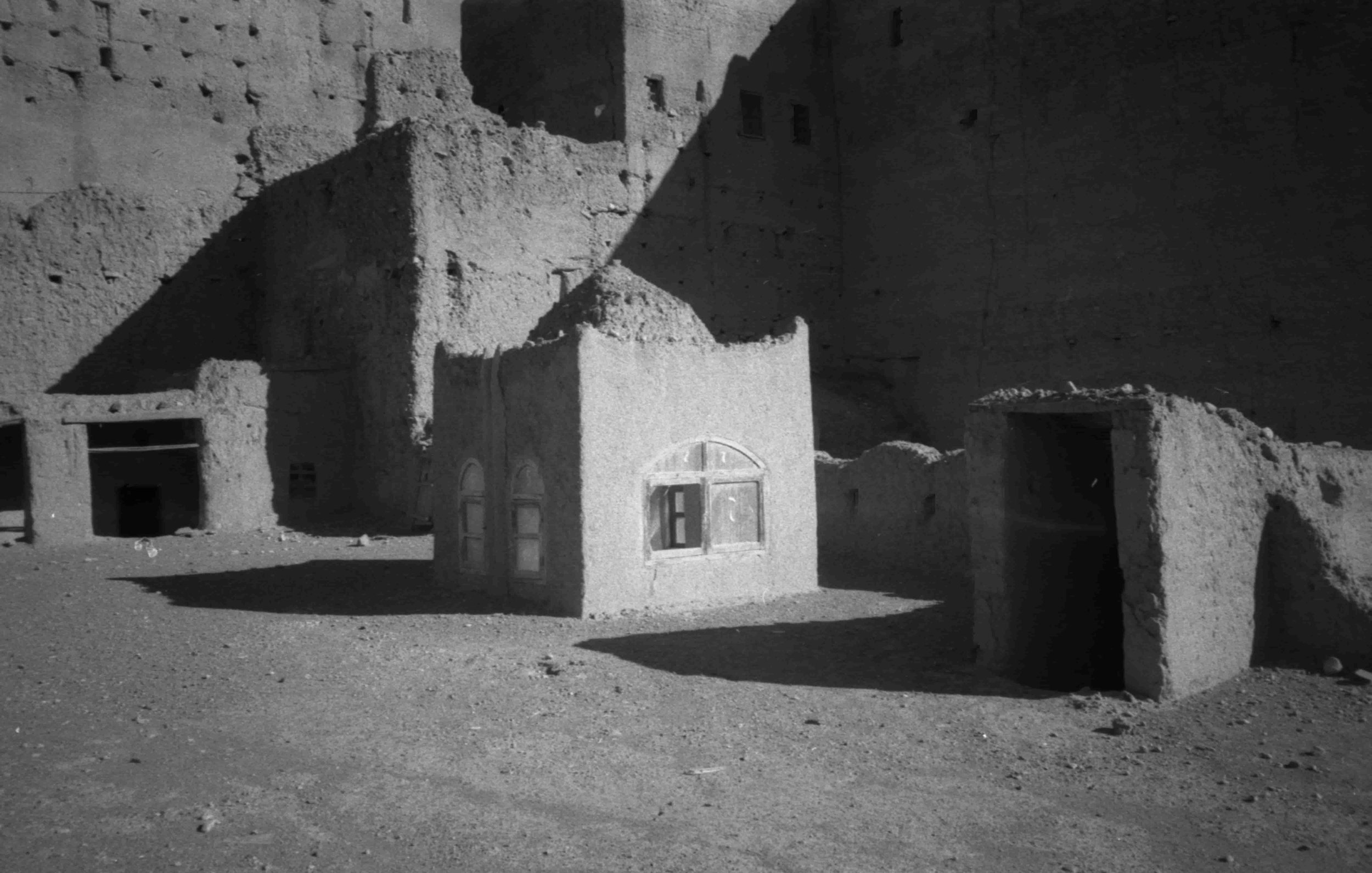
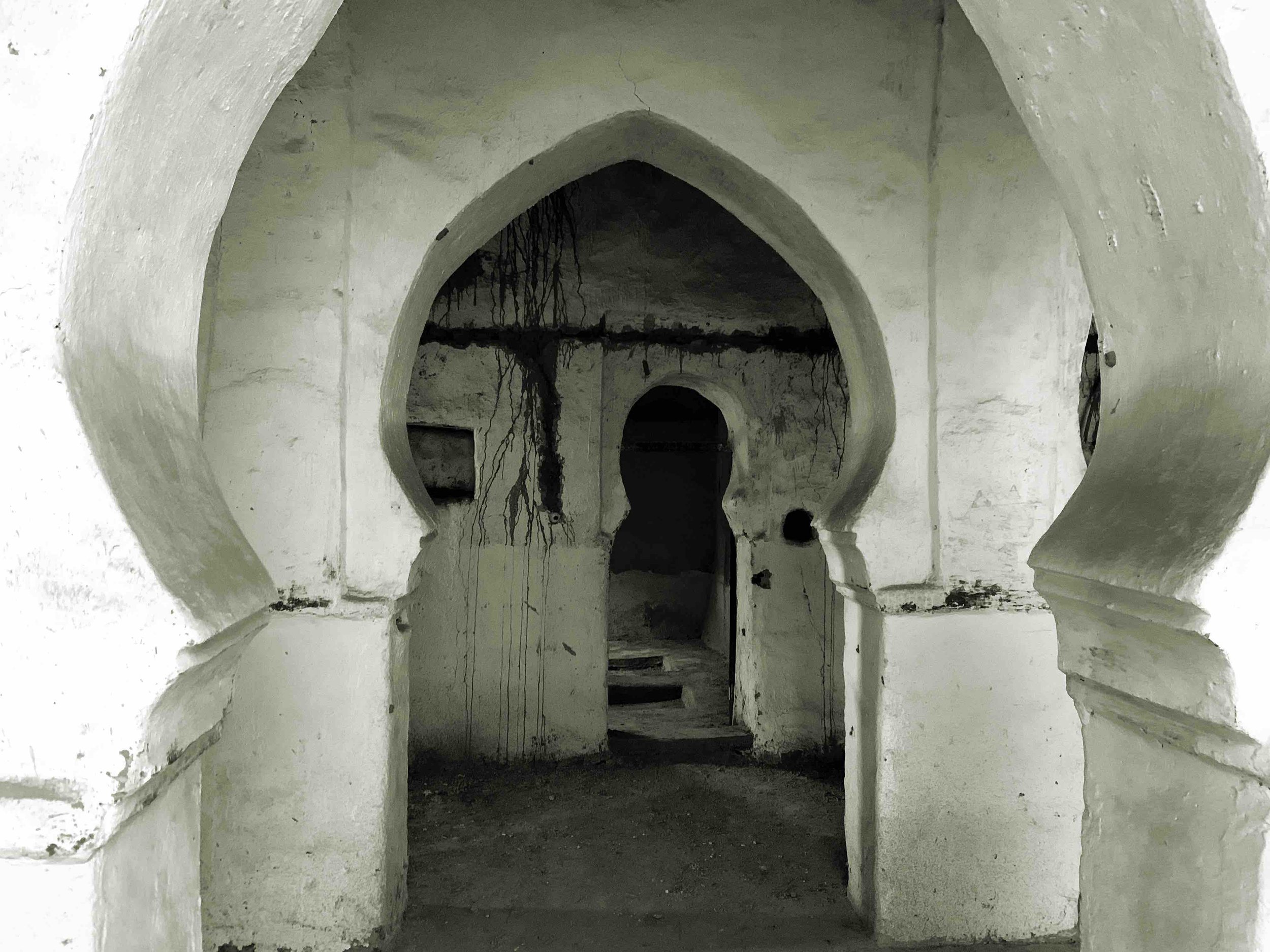
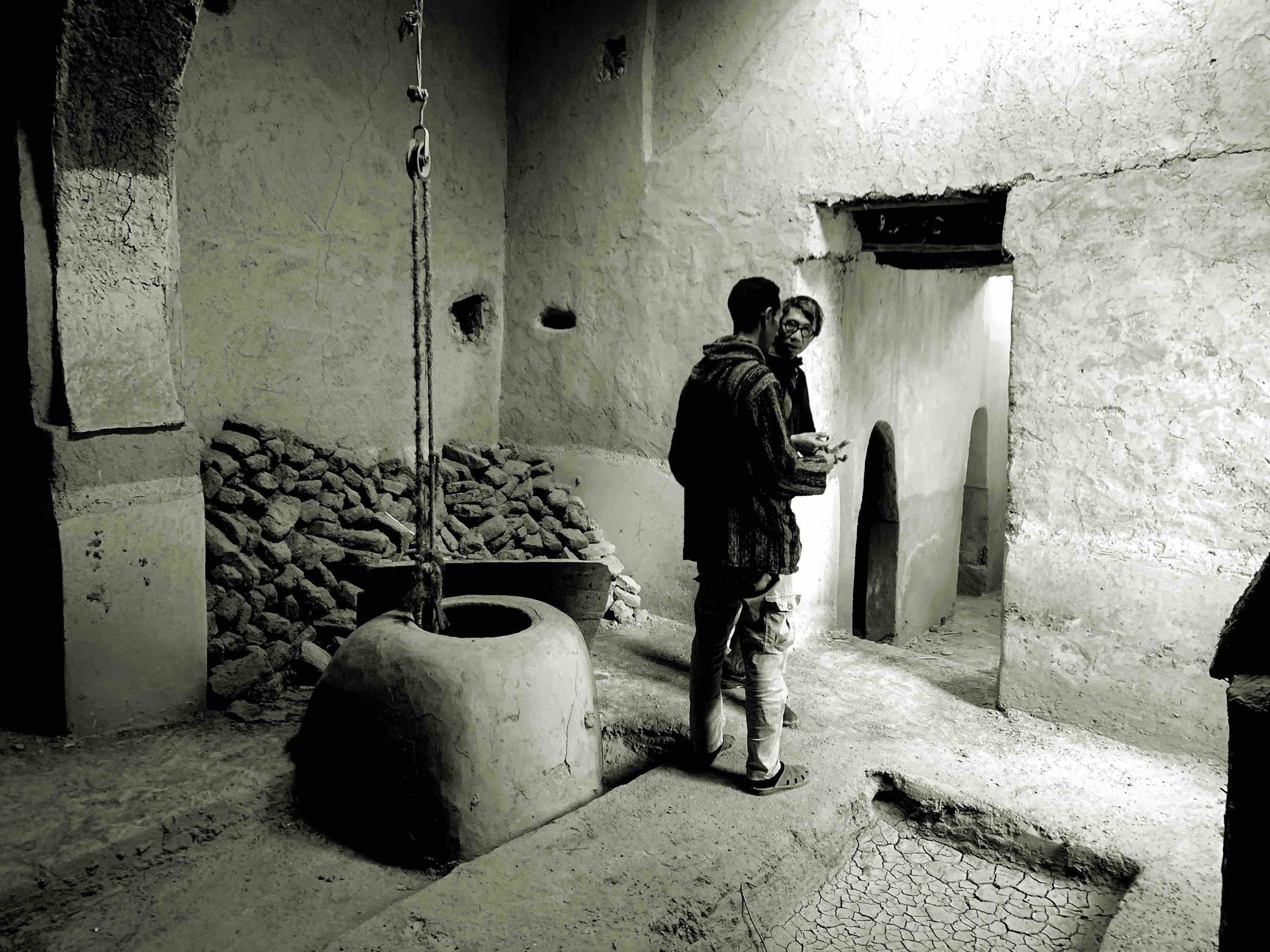



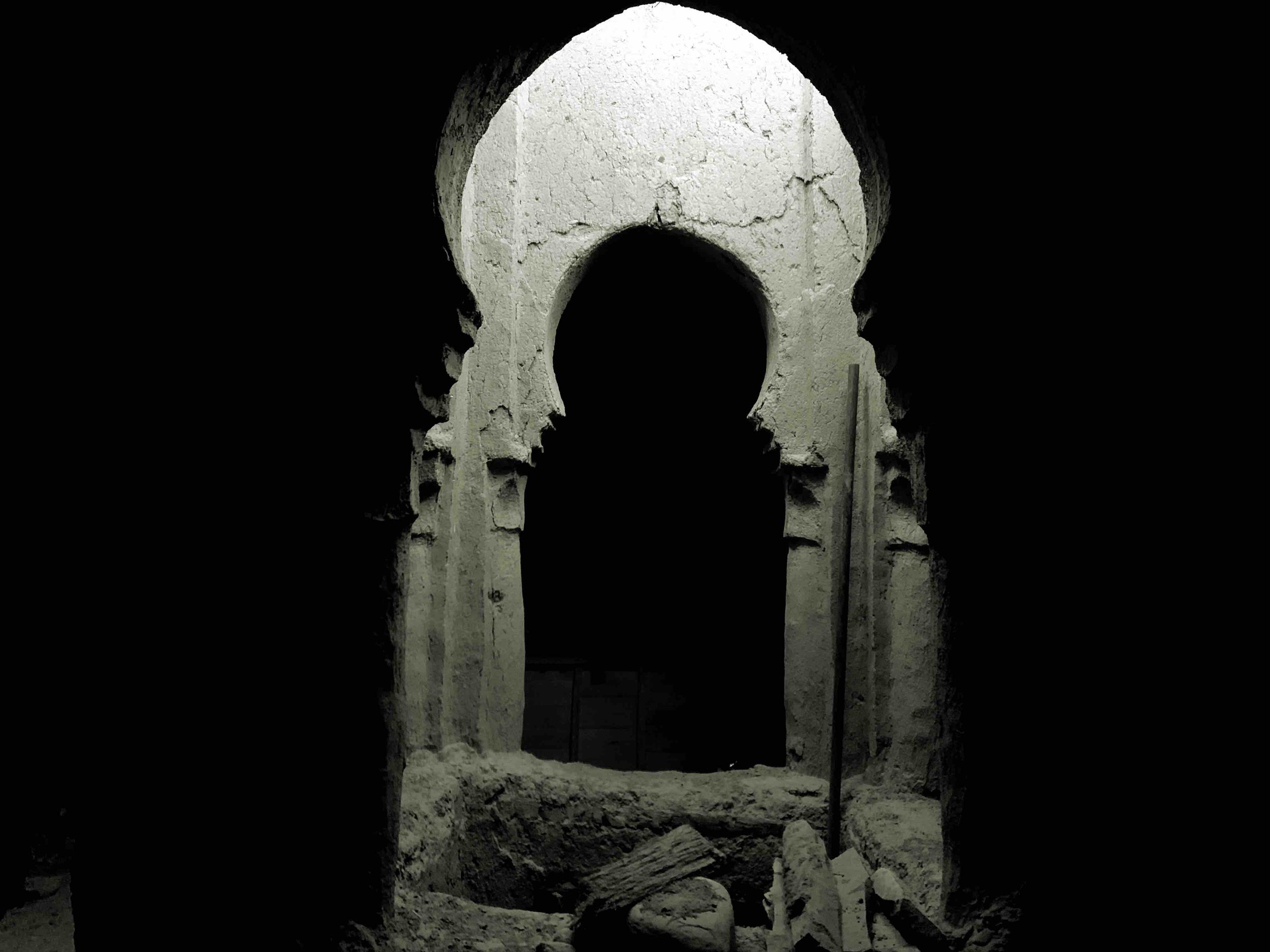

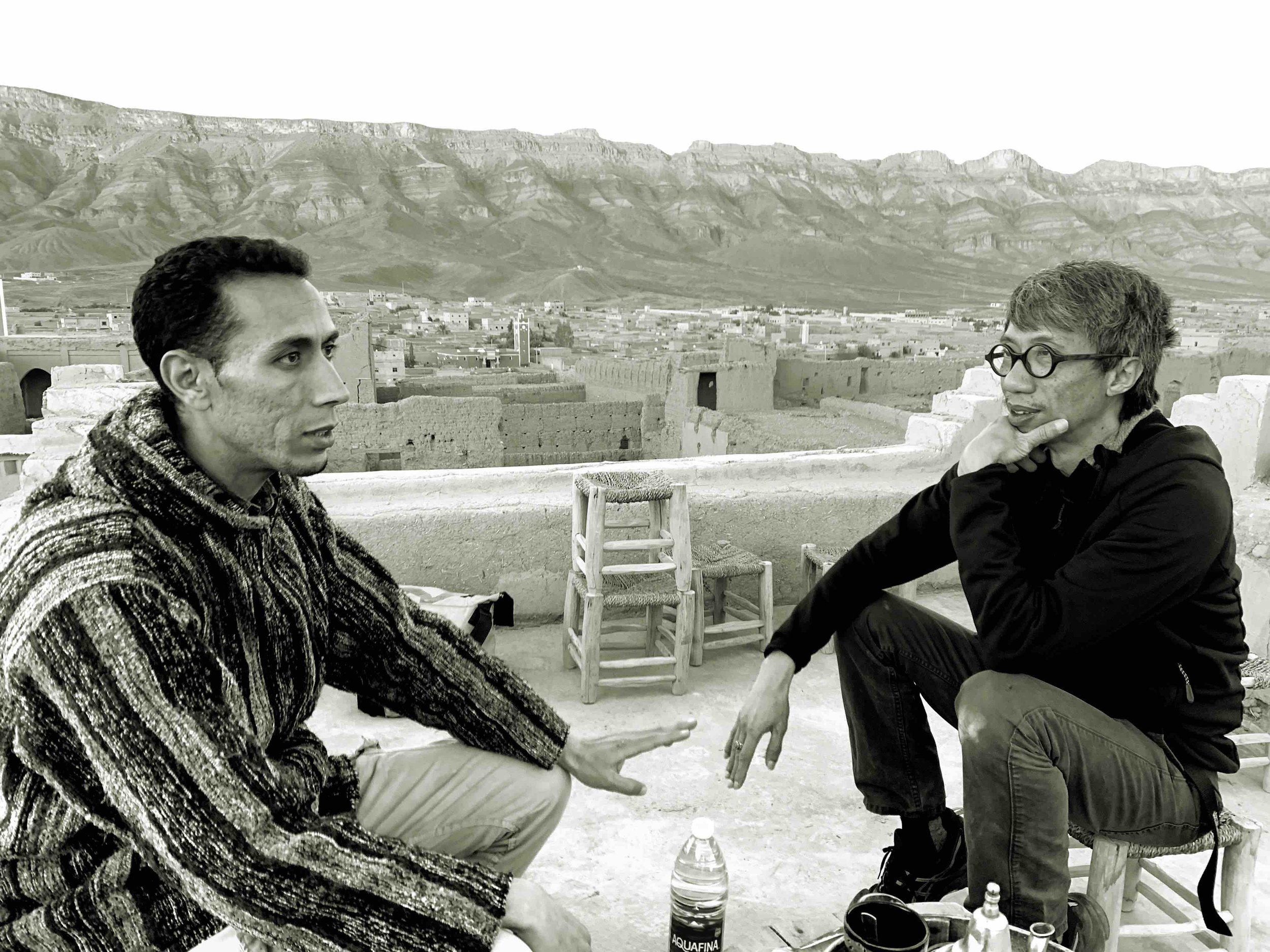
We spent the third and last night in Irocha, a guest house closed to the High Atlas mountains, with a contemporary architecture based in traditional construction systems. Its owner, Ahmed, has always been very welcoming and interested in the development of his village.
Credits texts and photos: Carlos Pérez Marín

